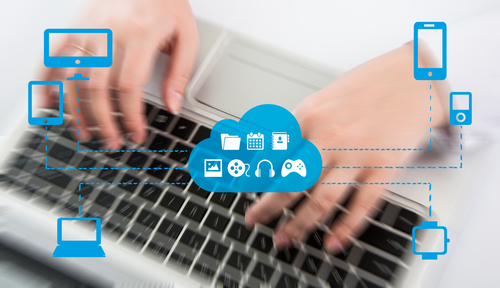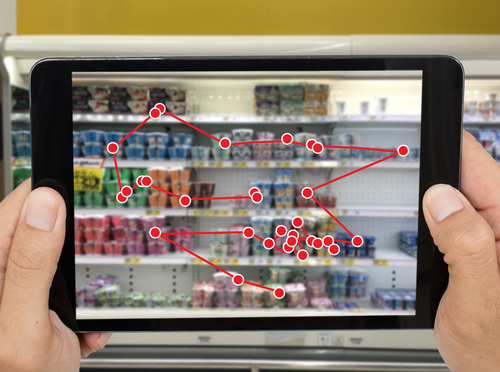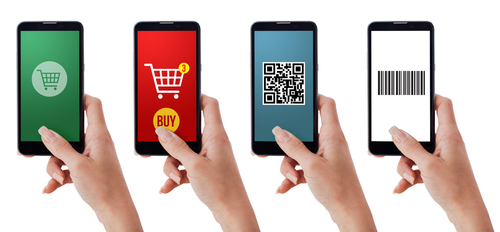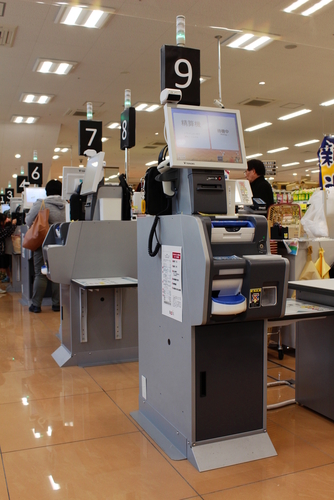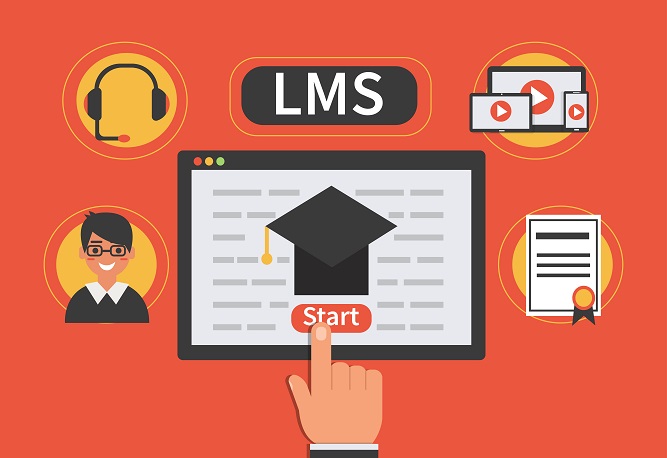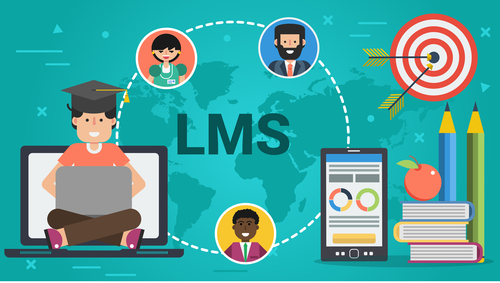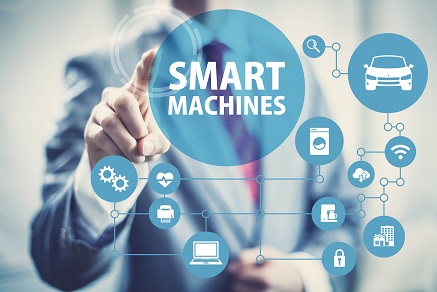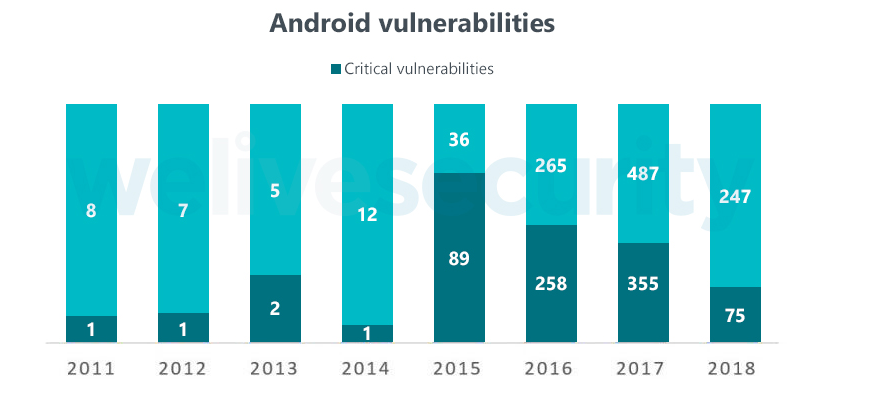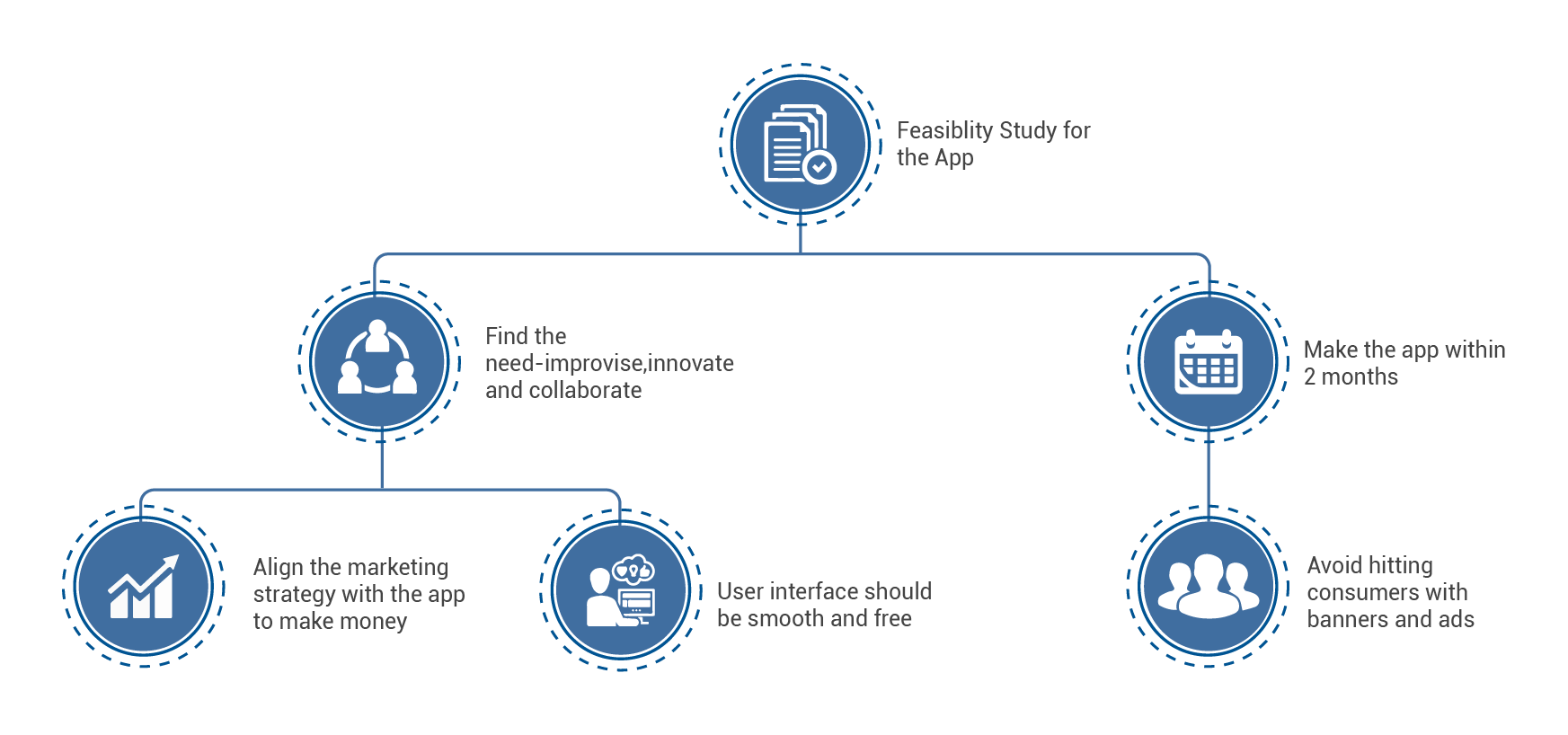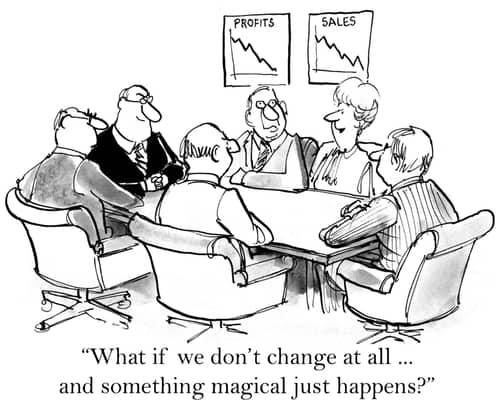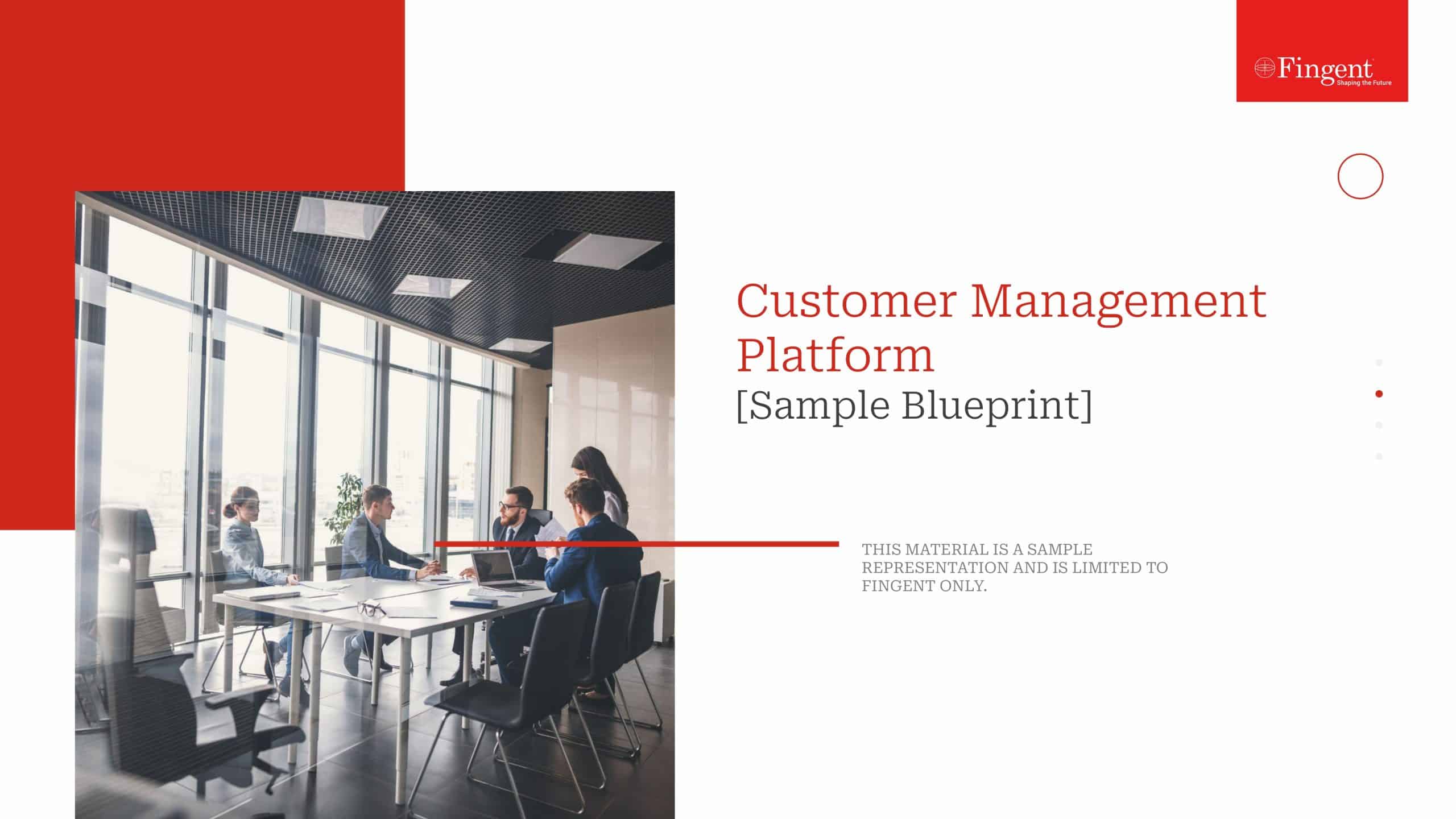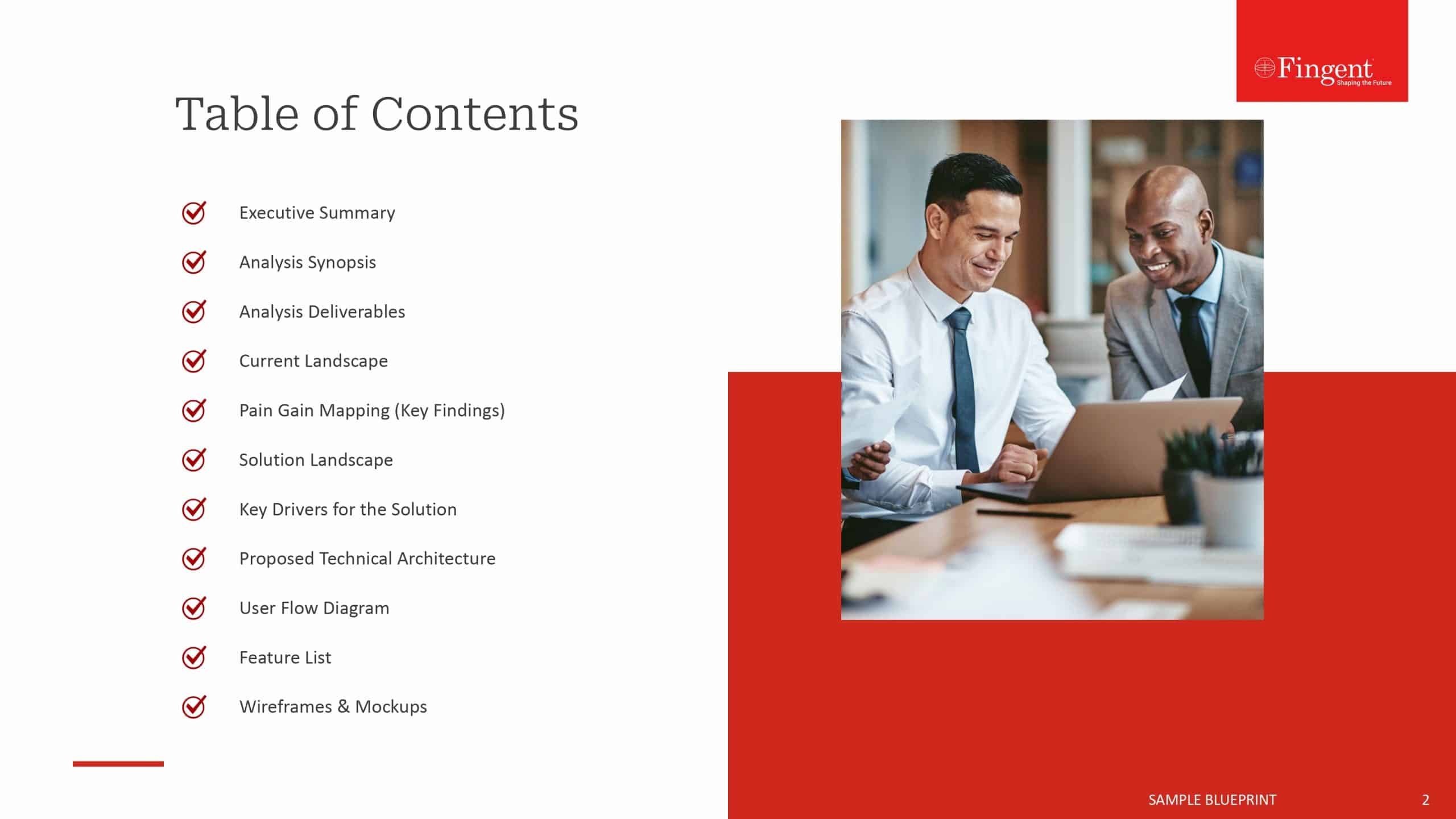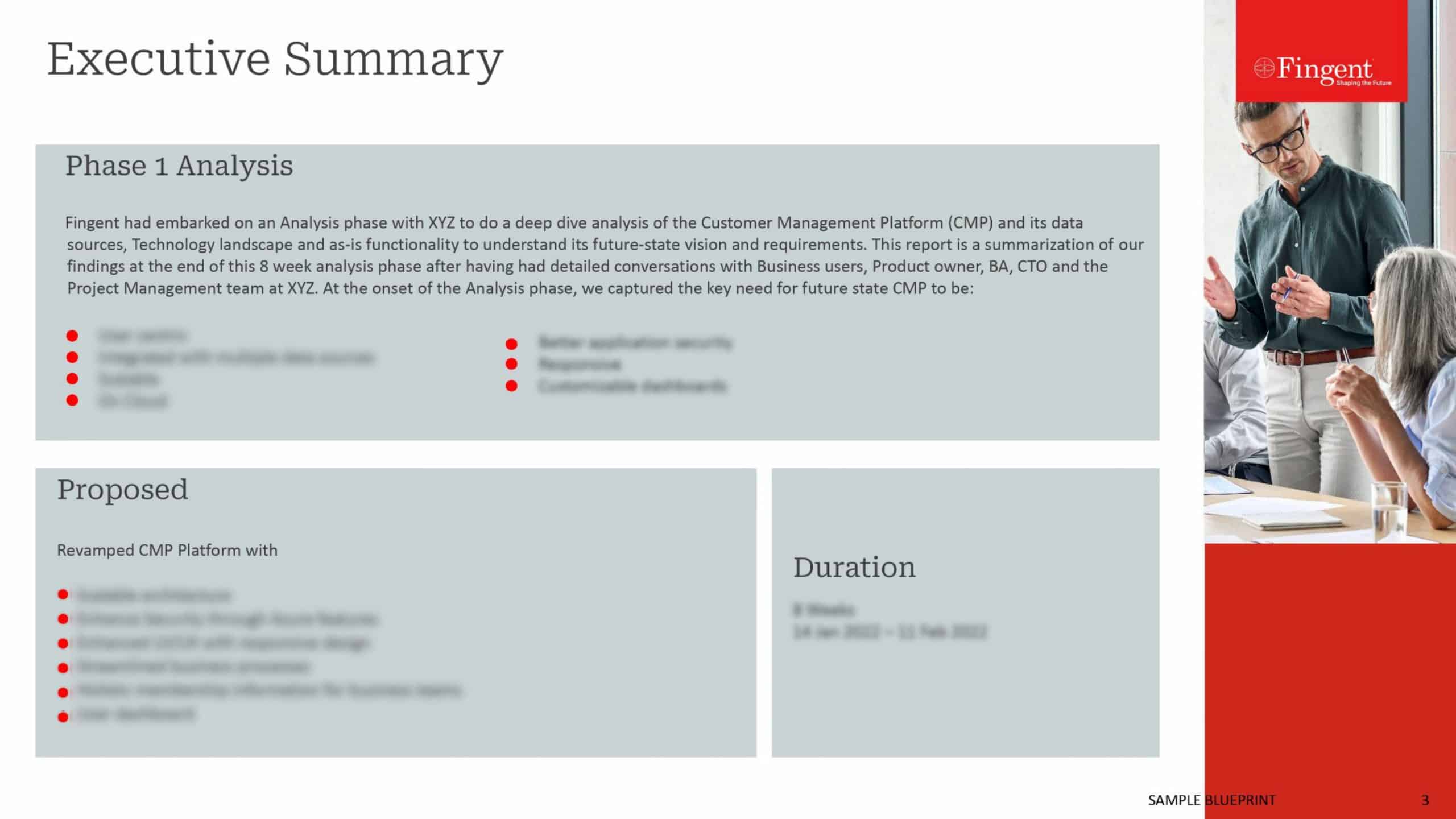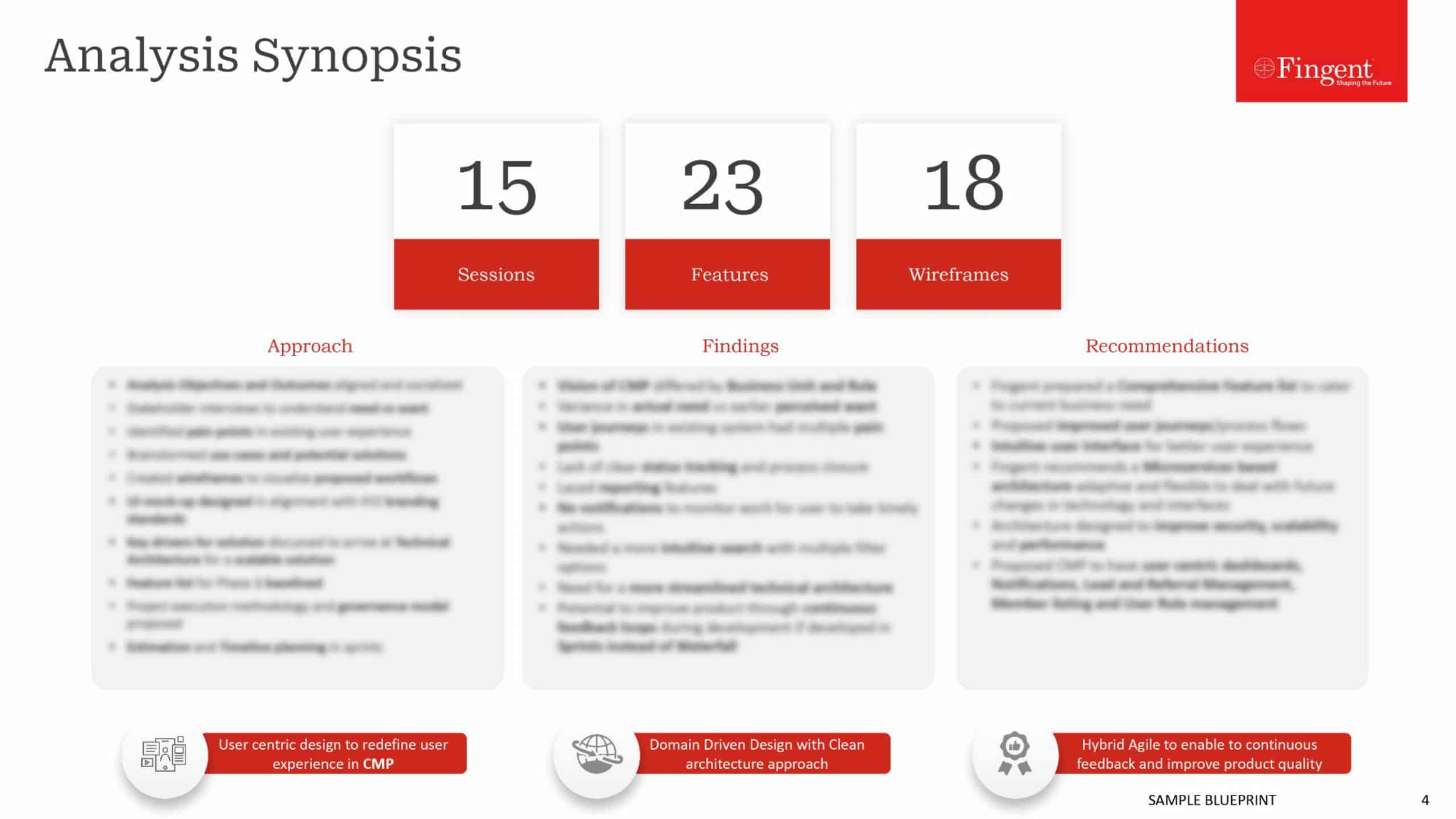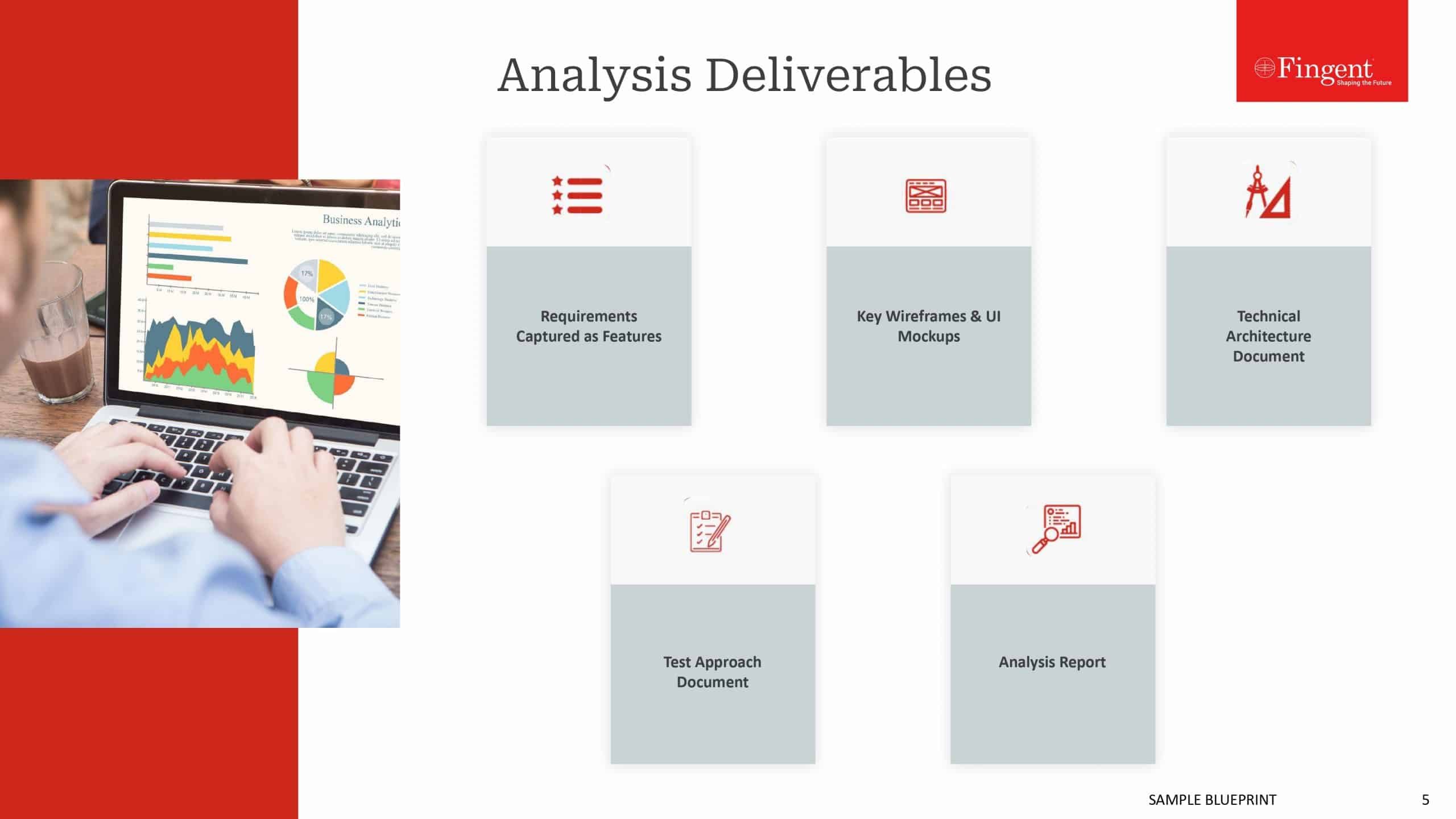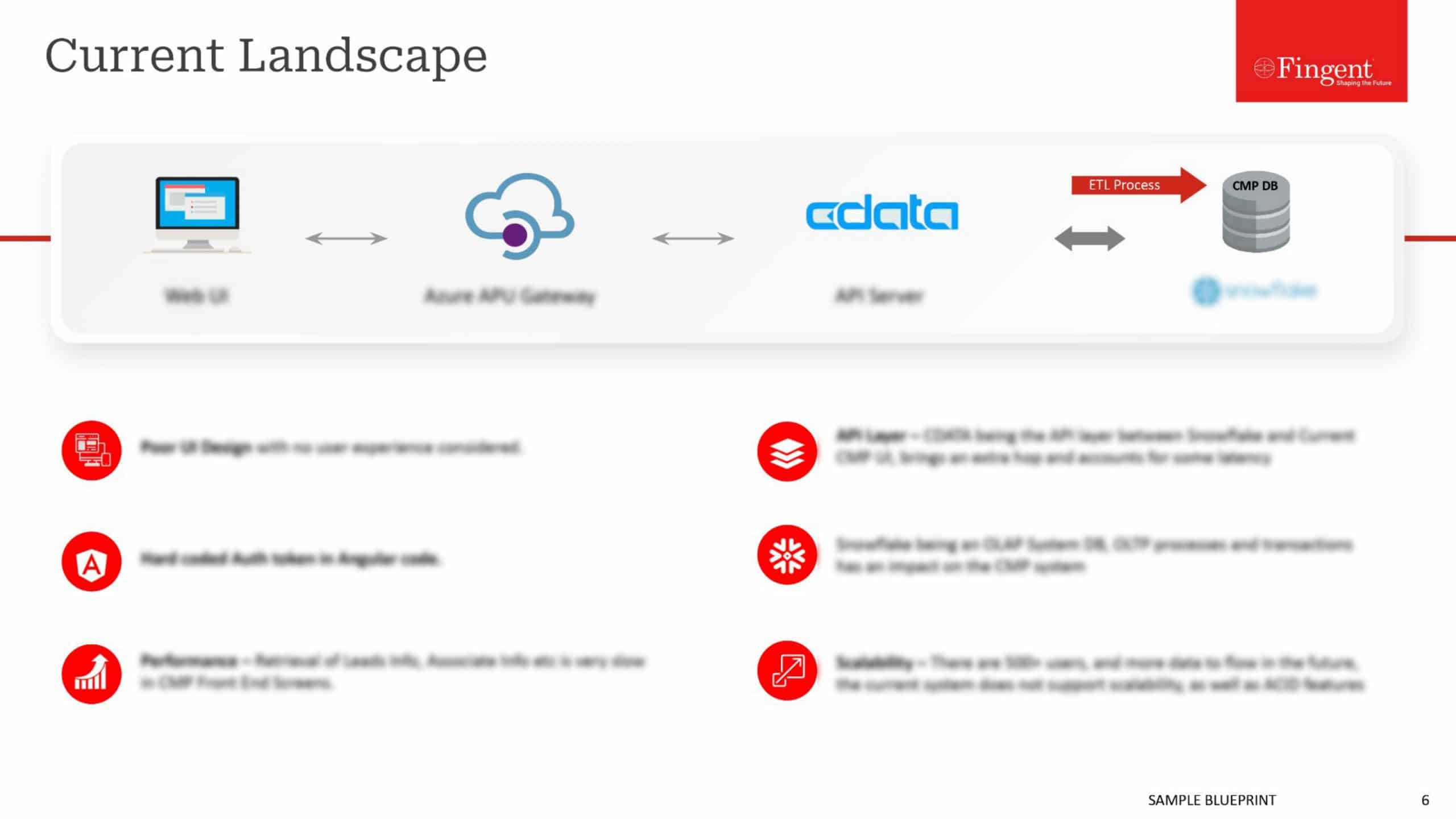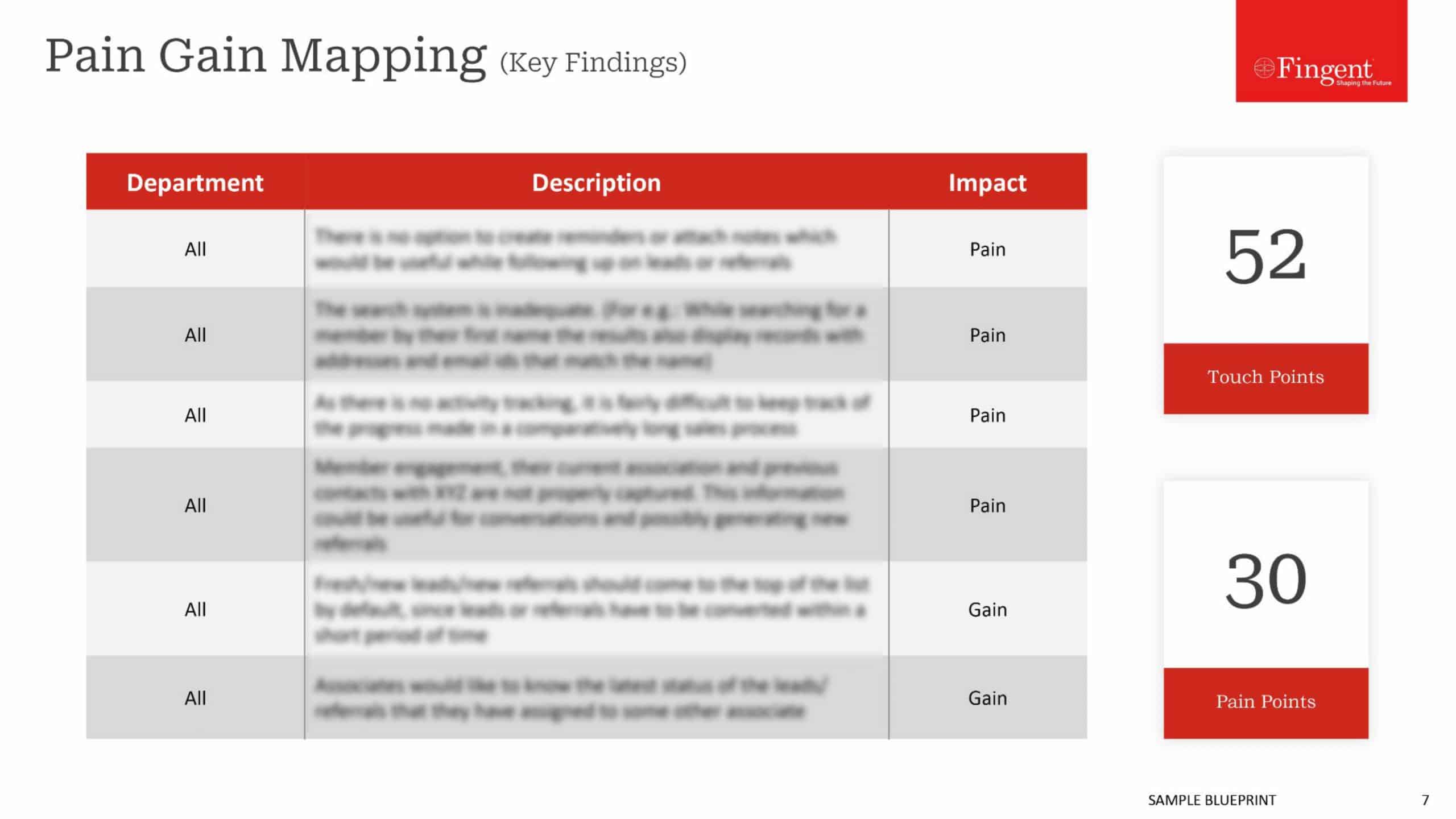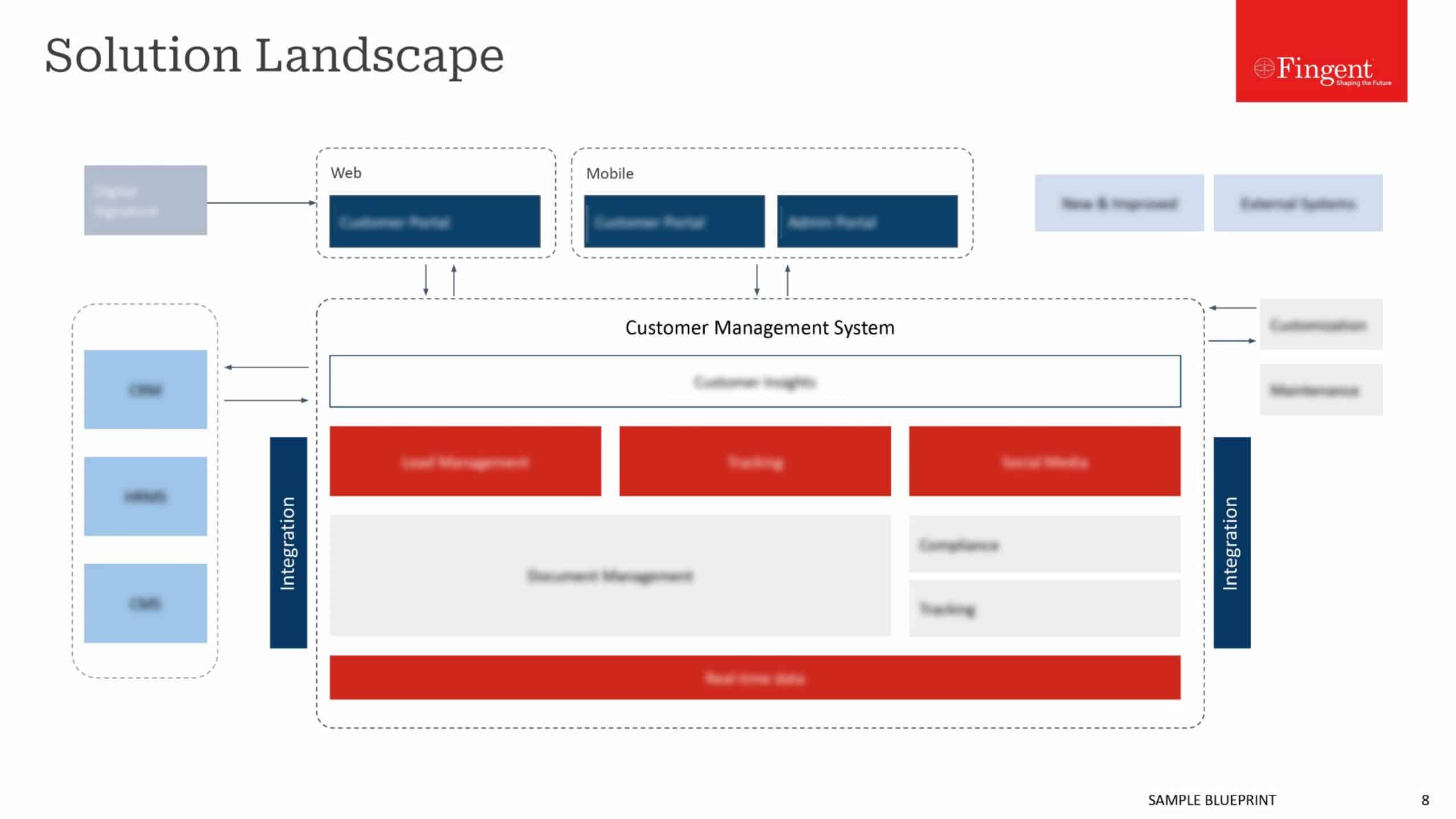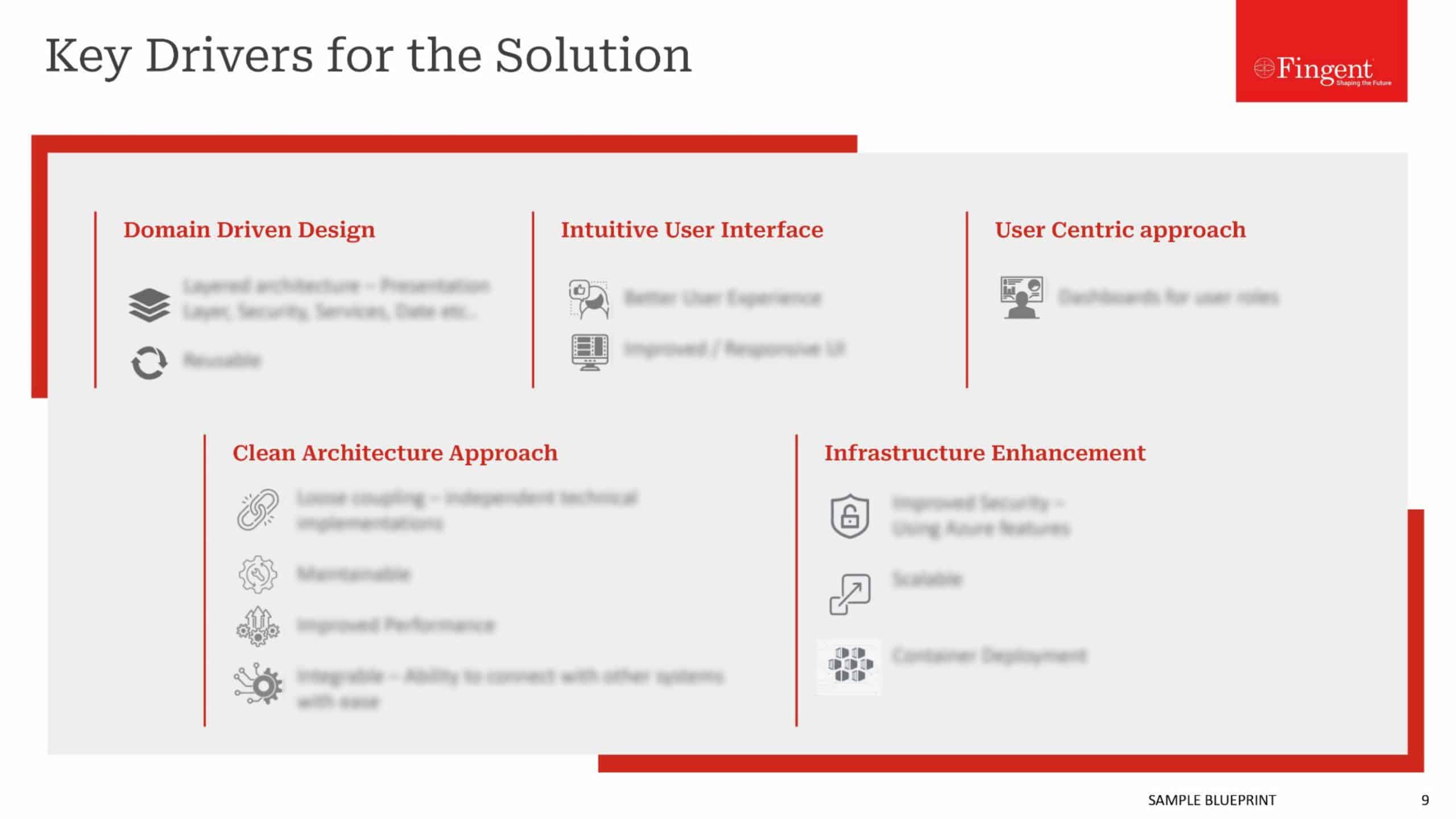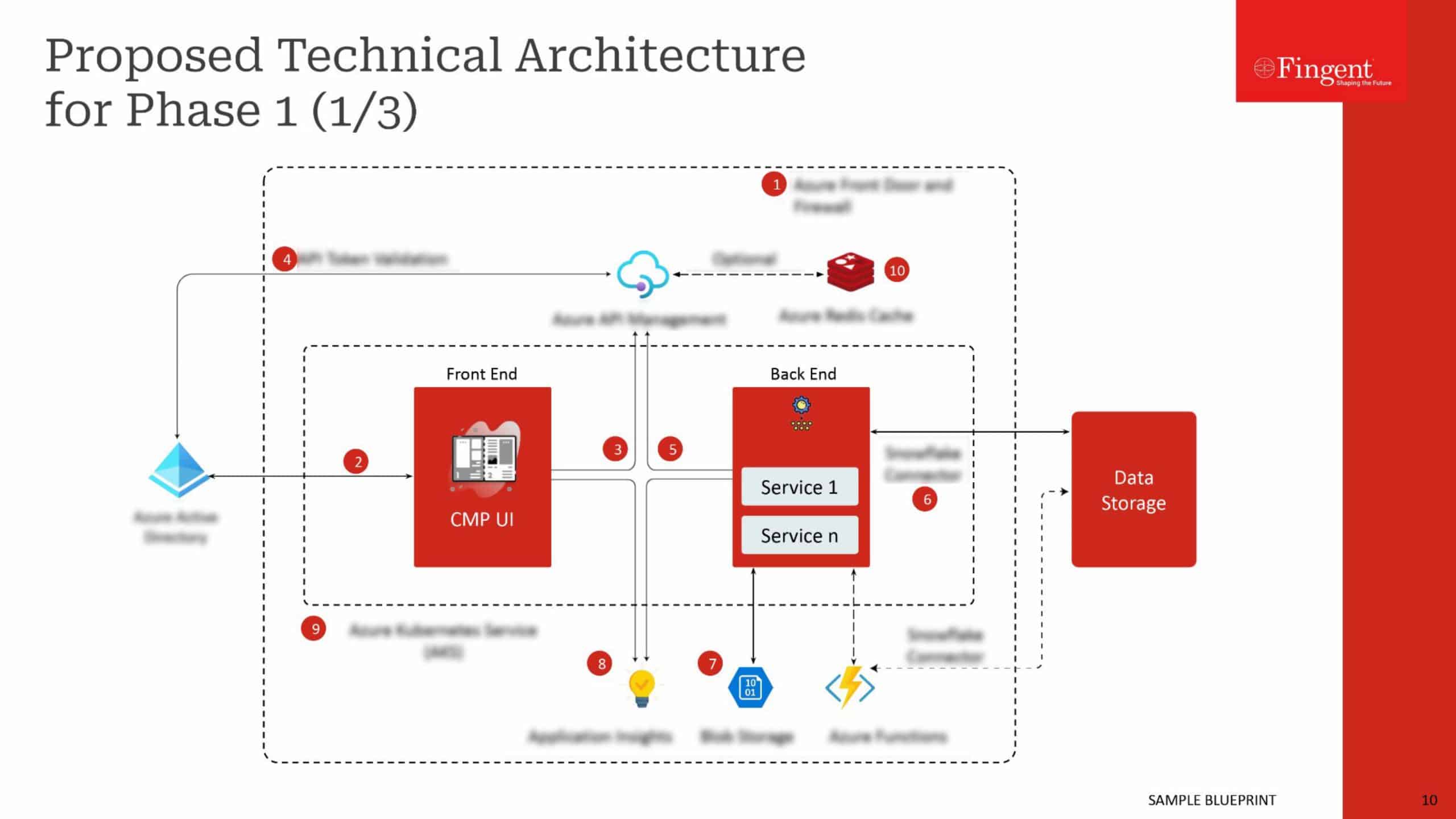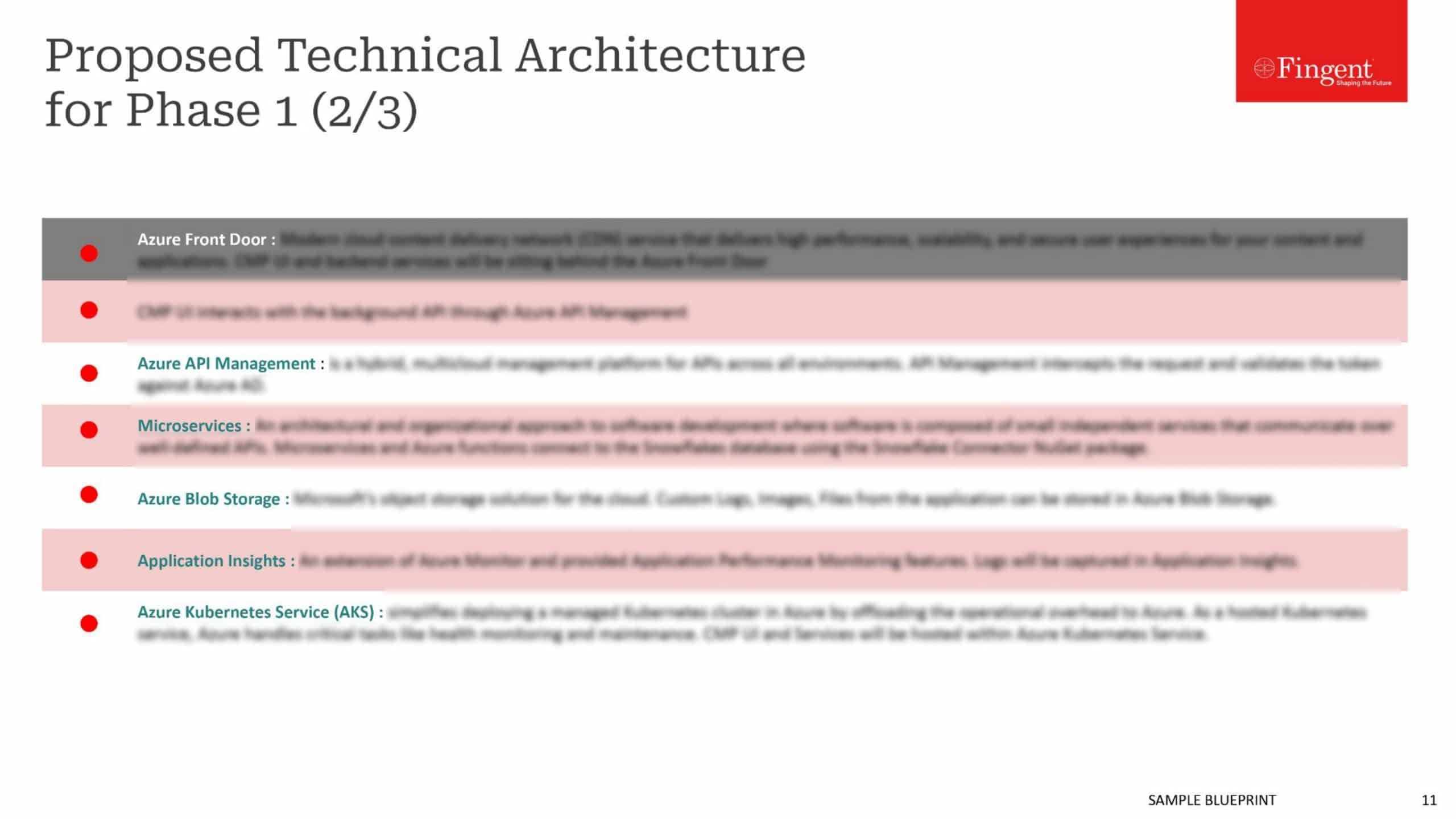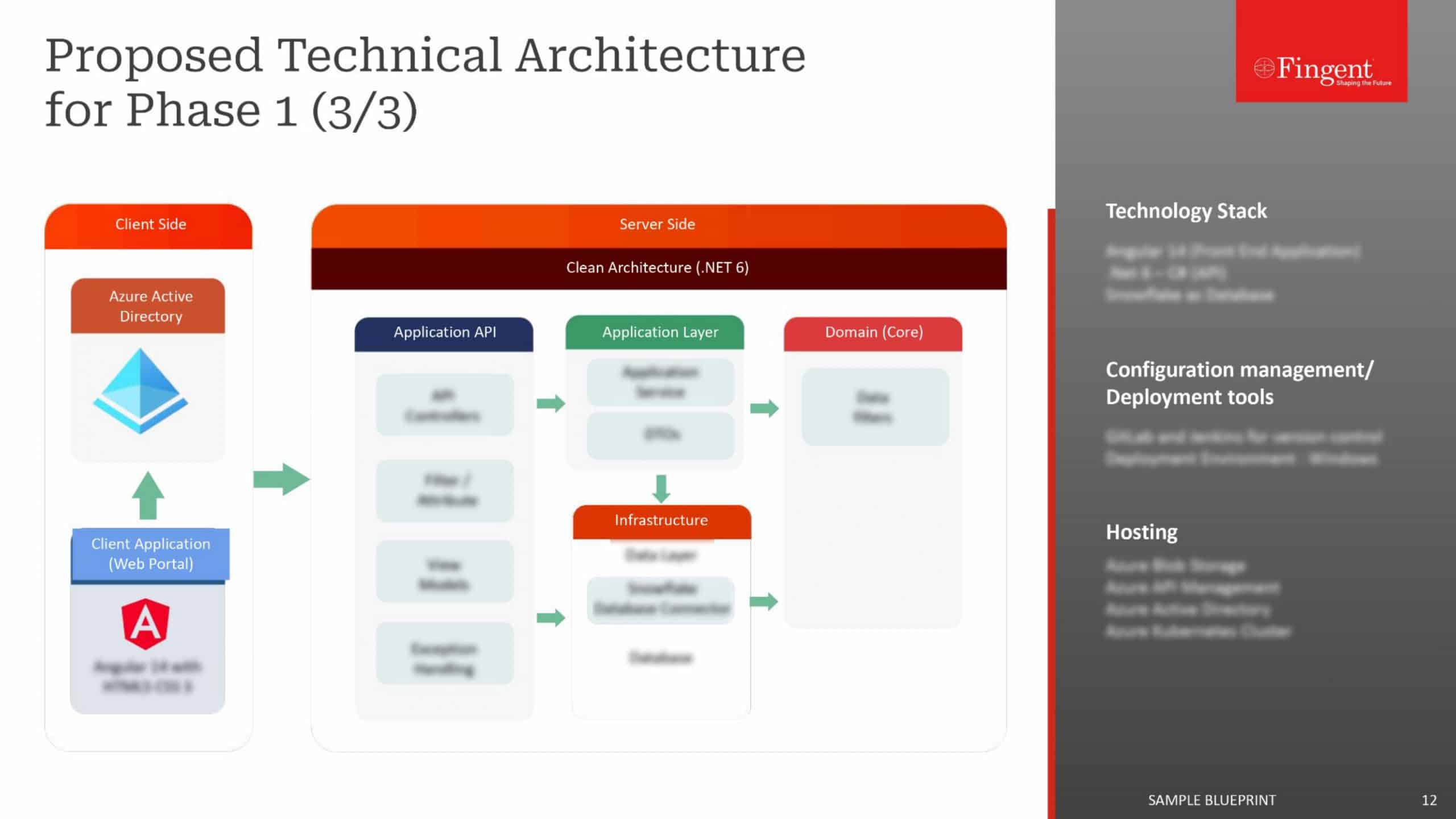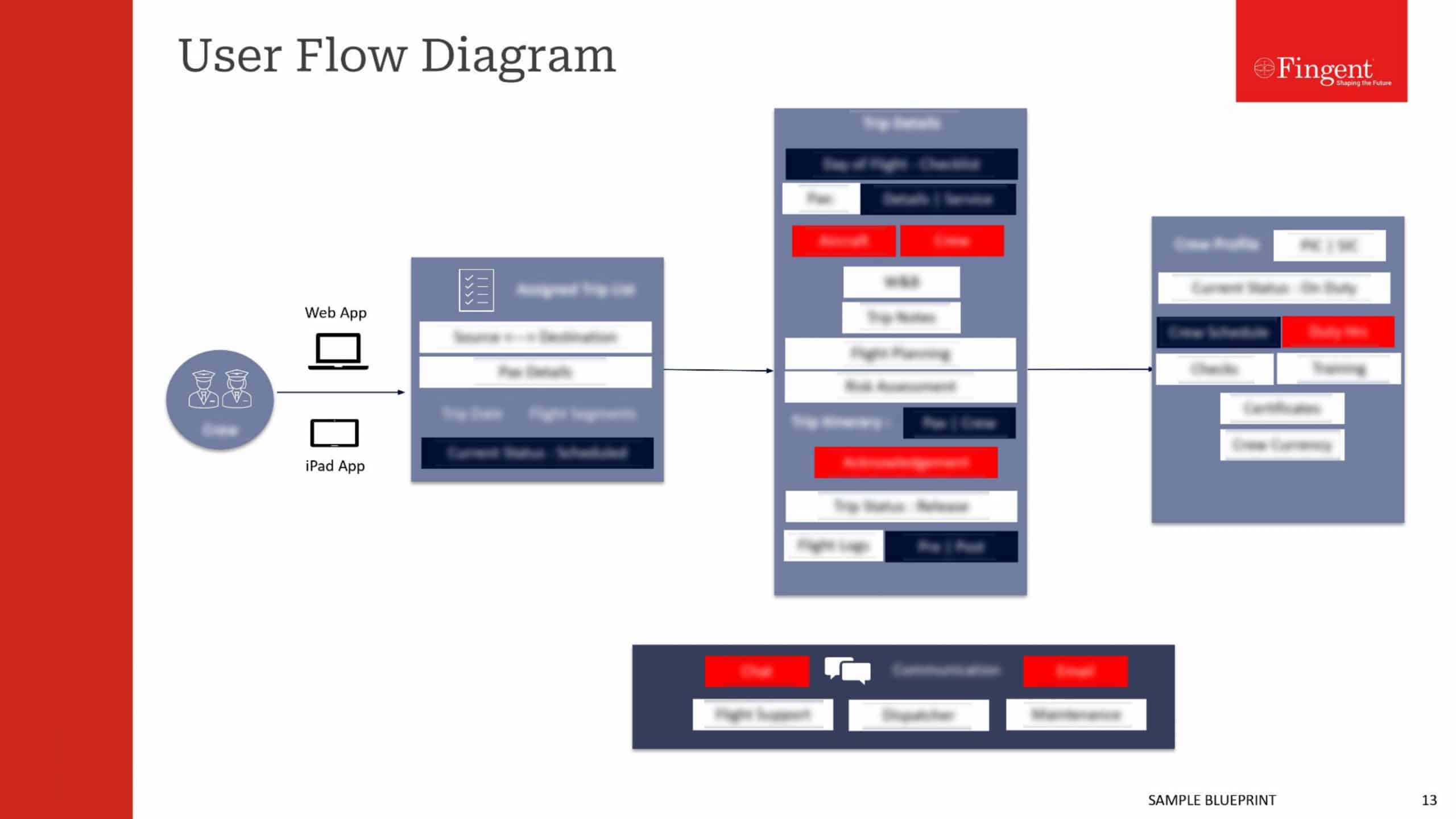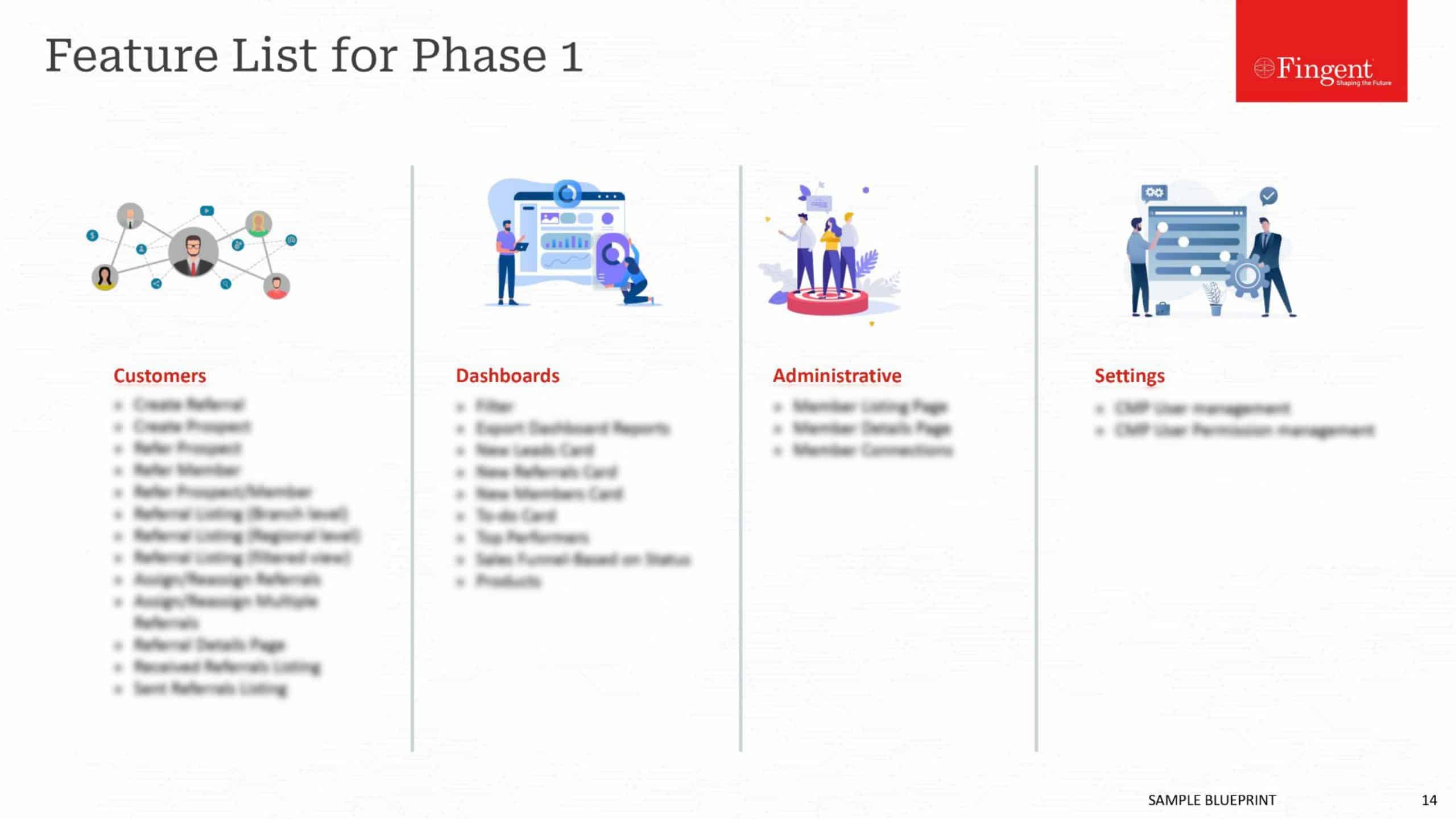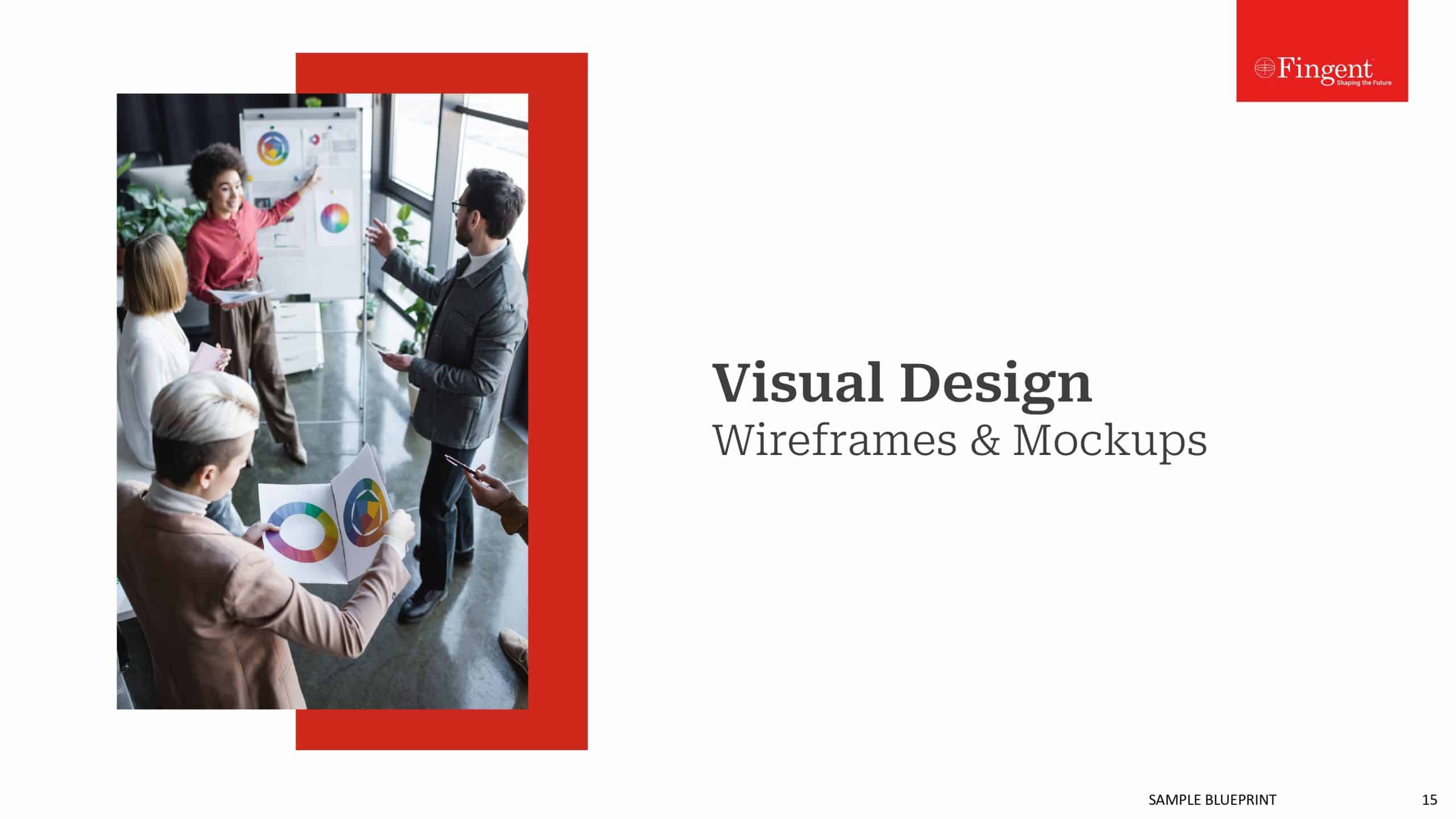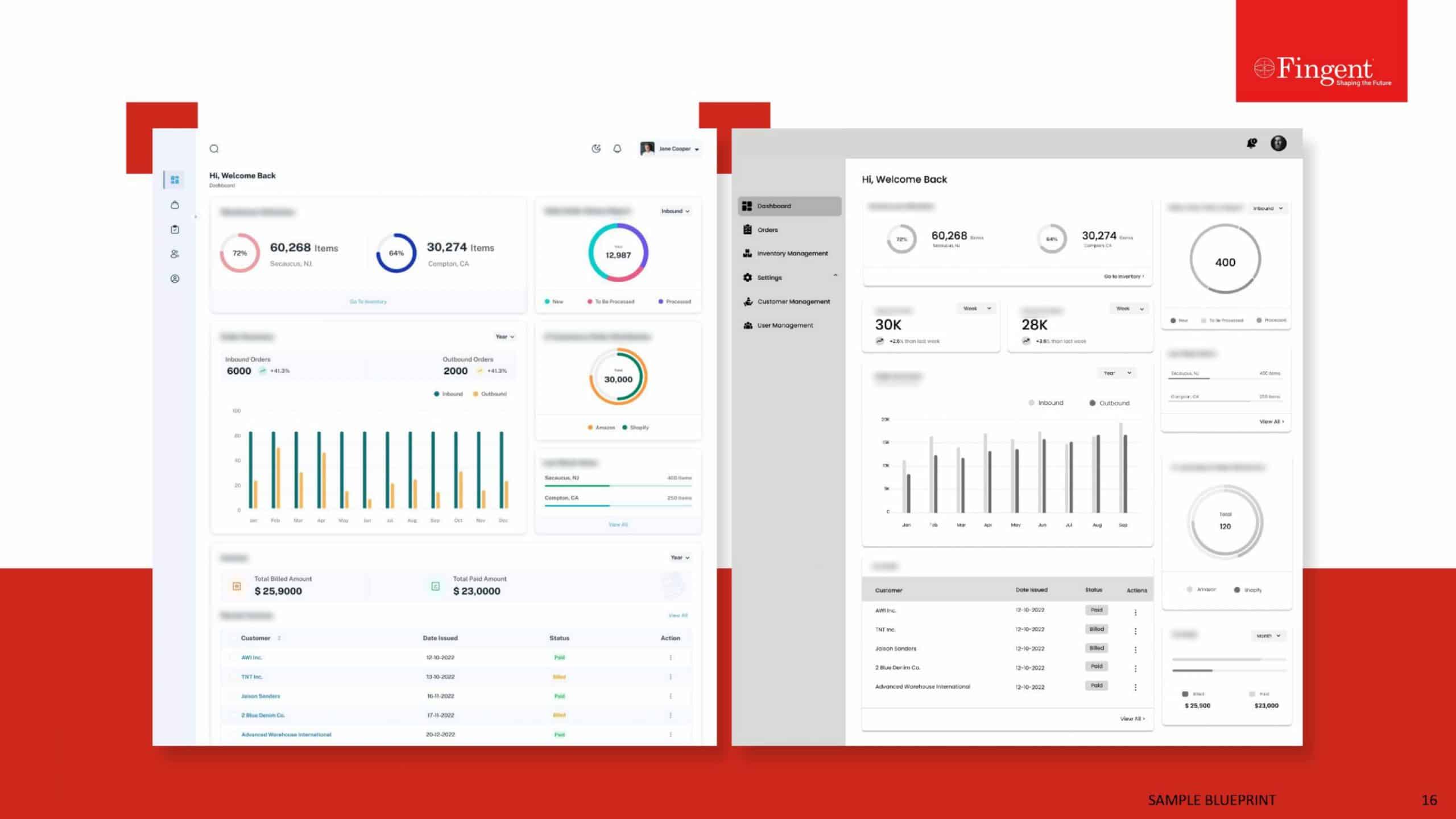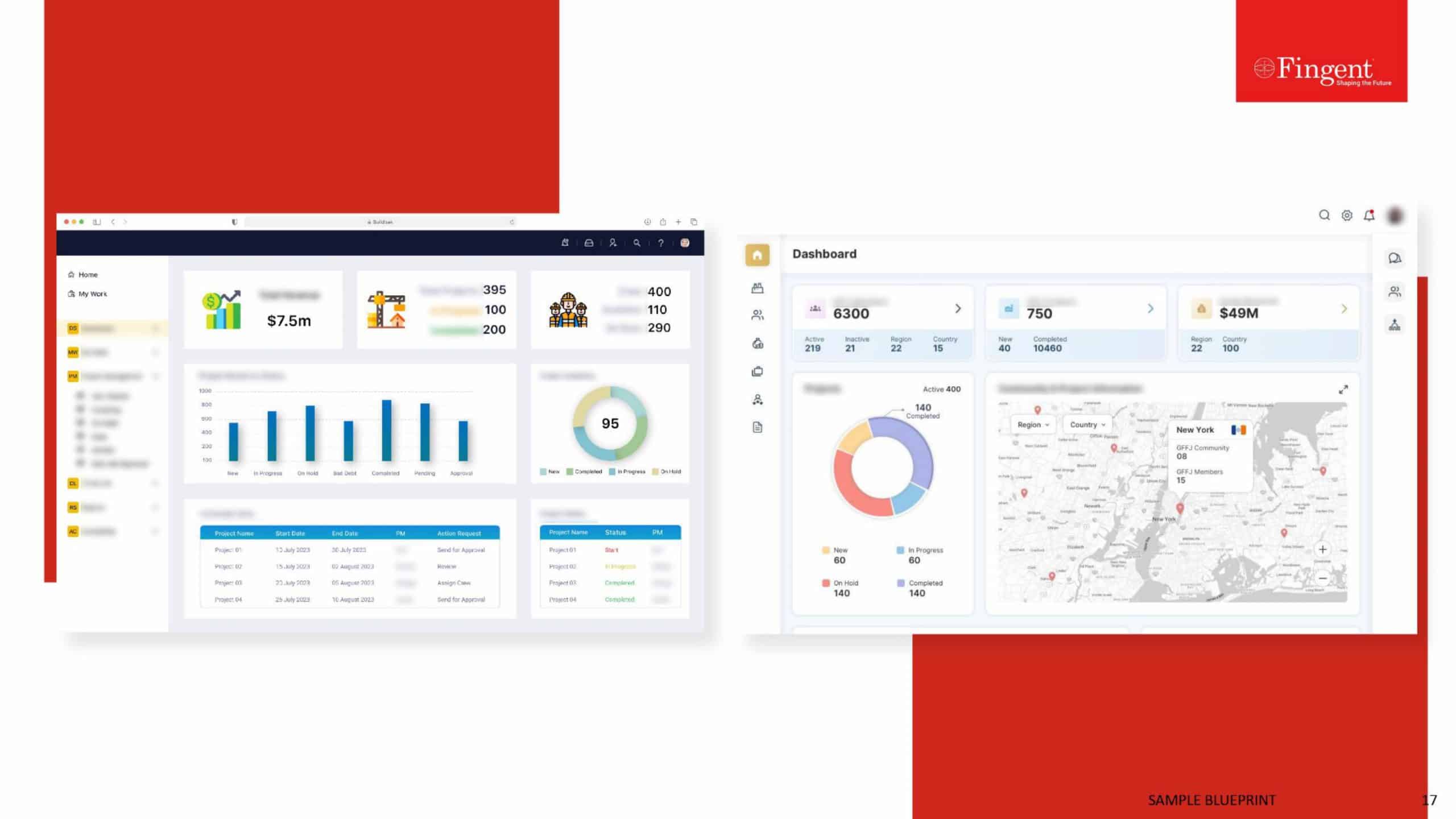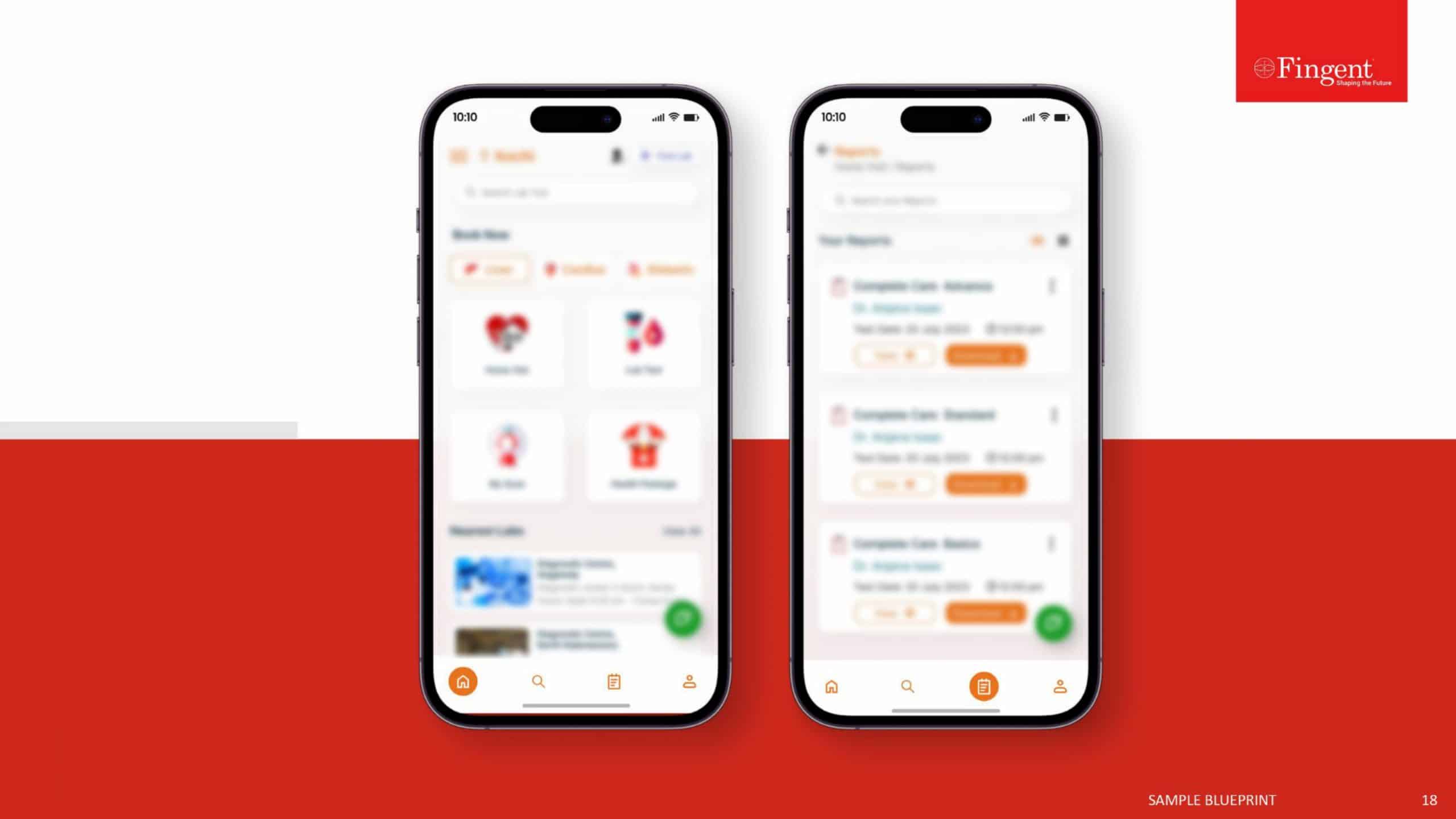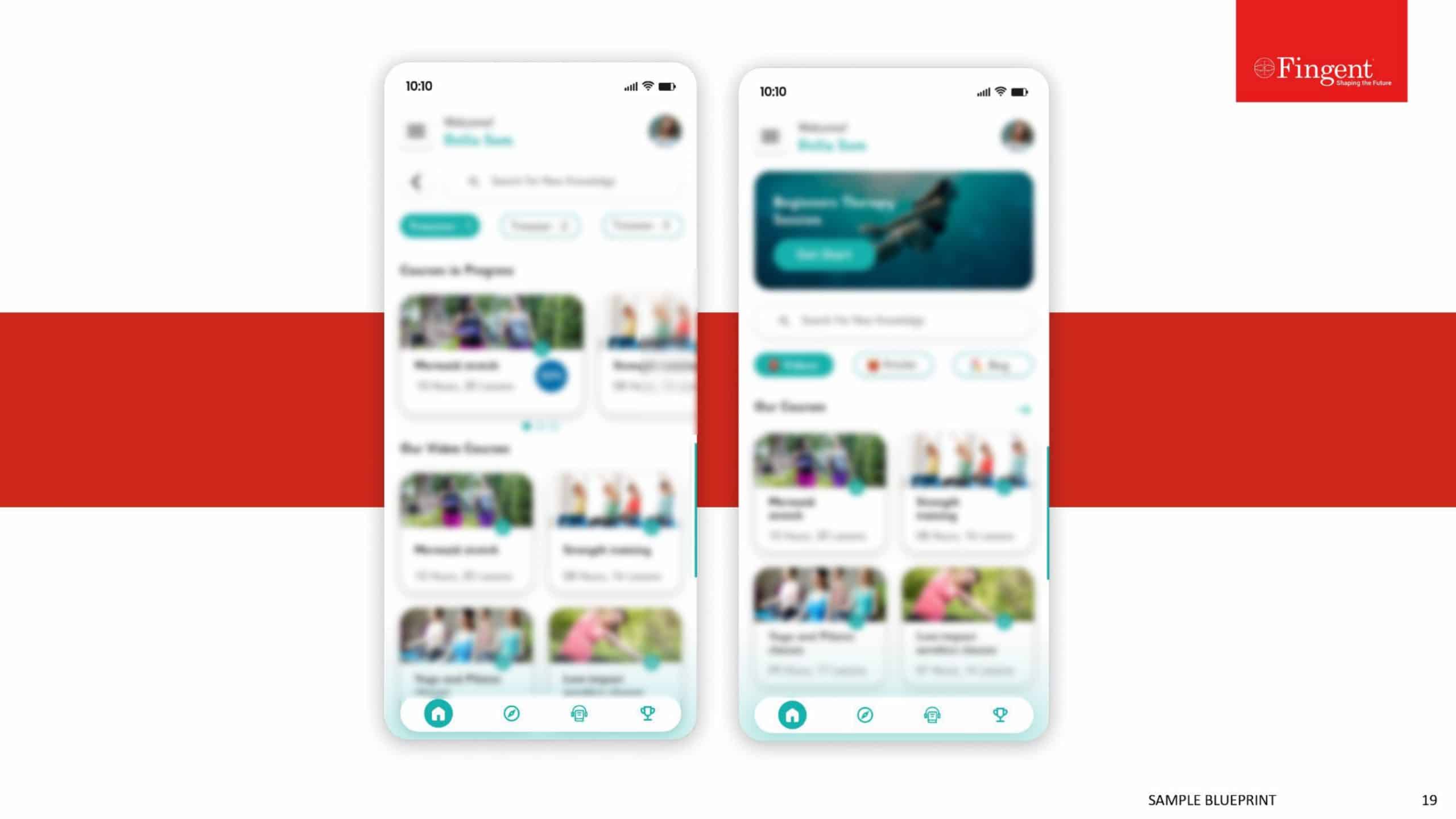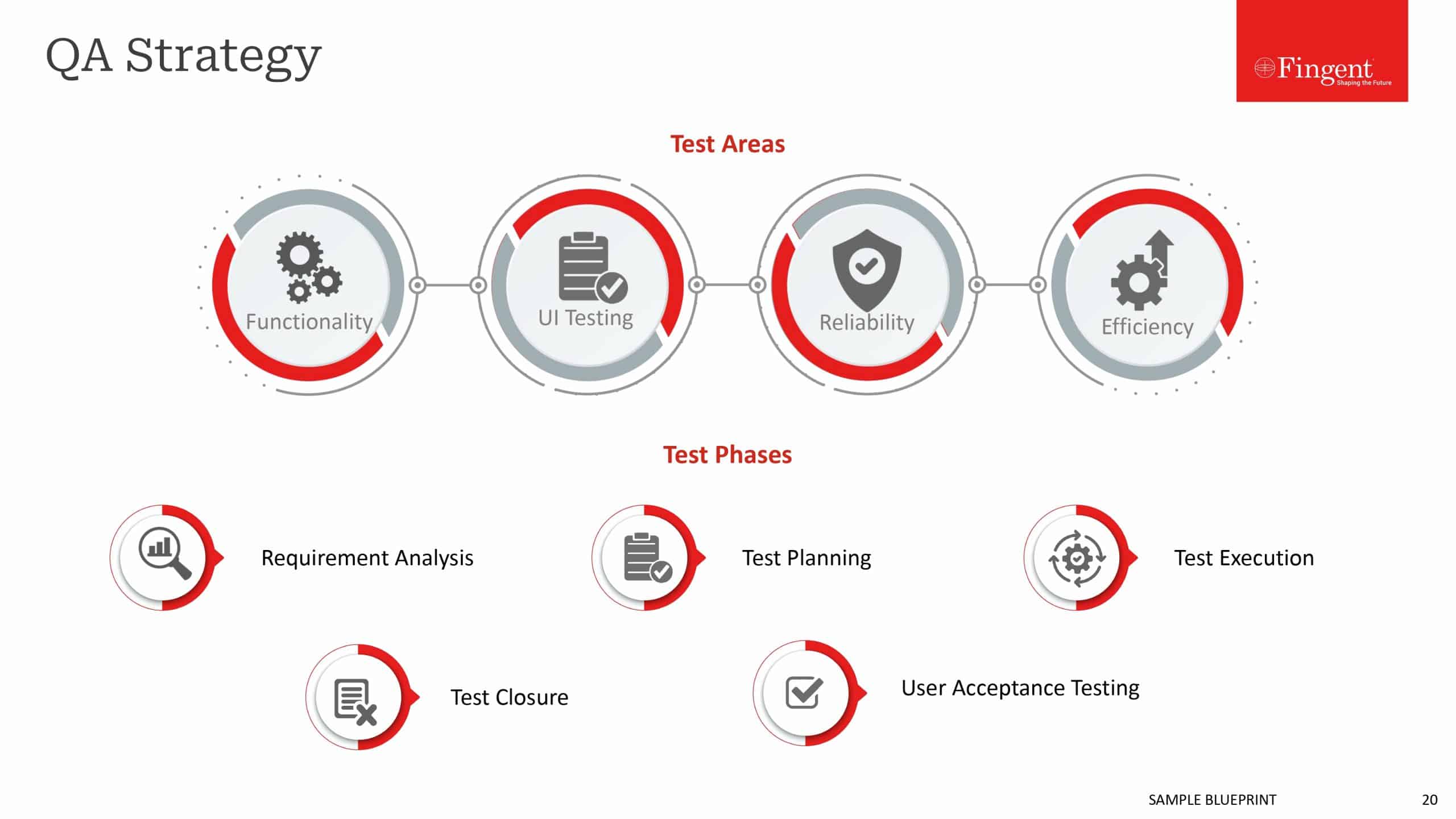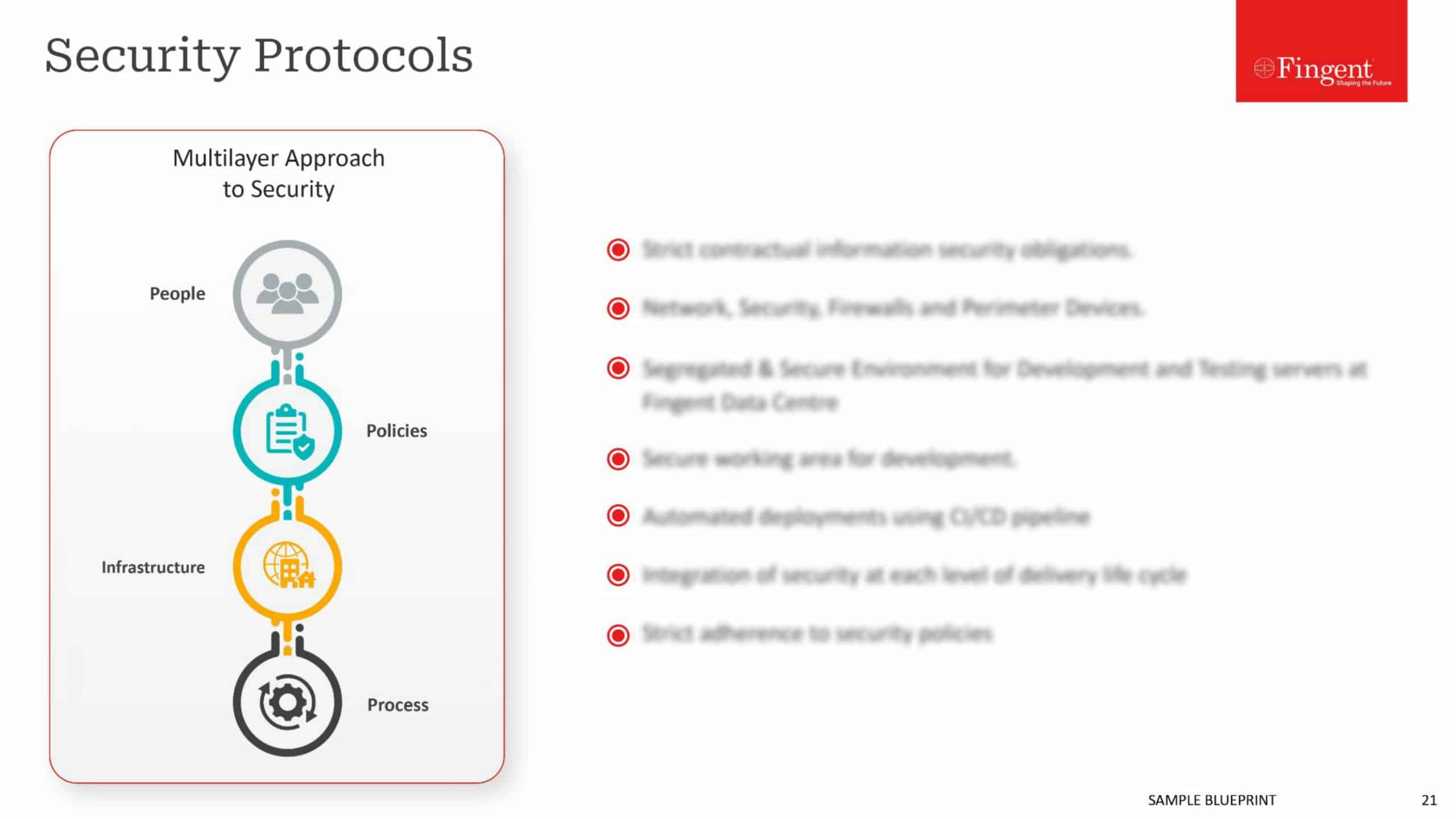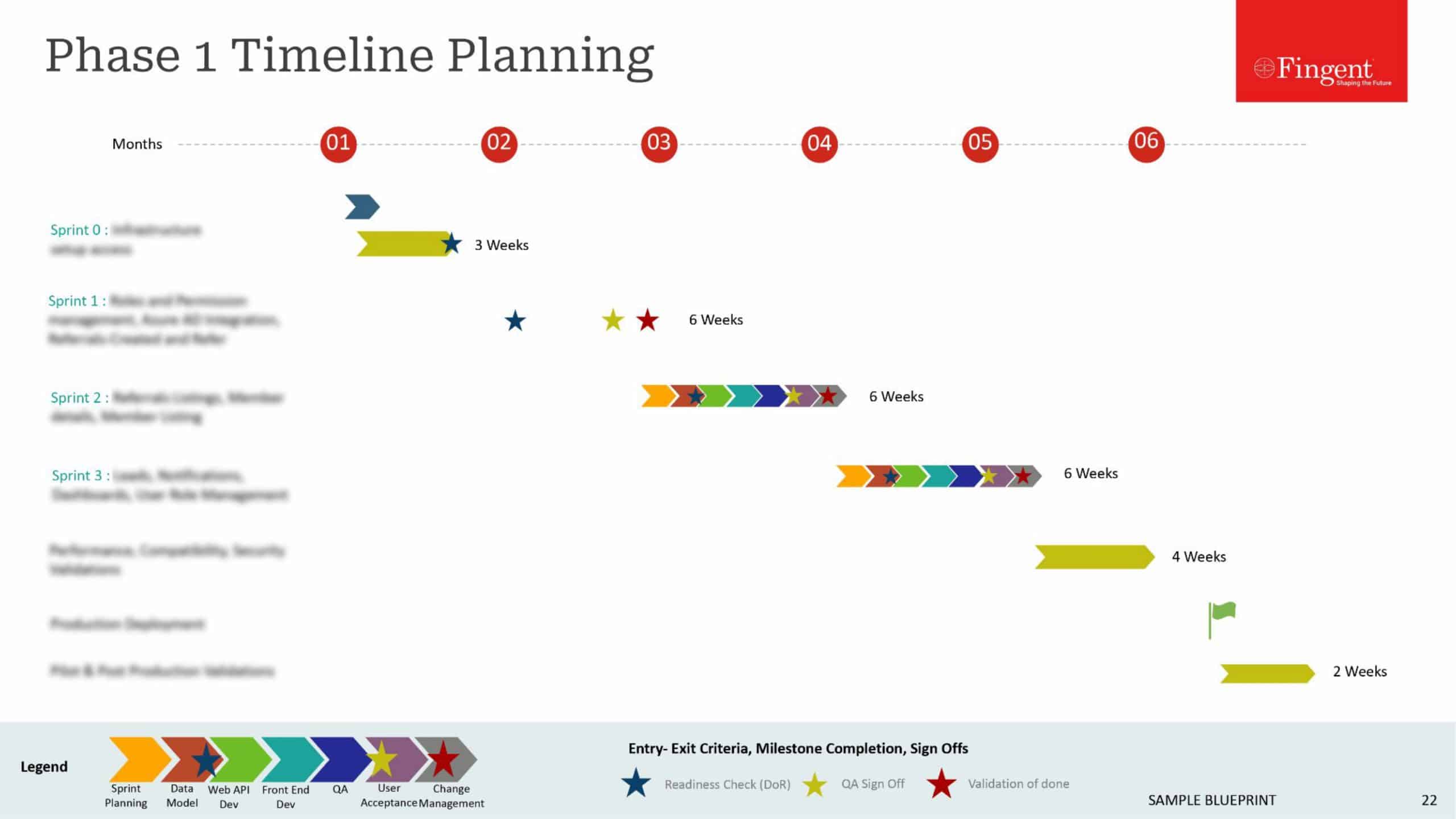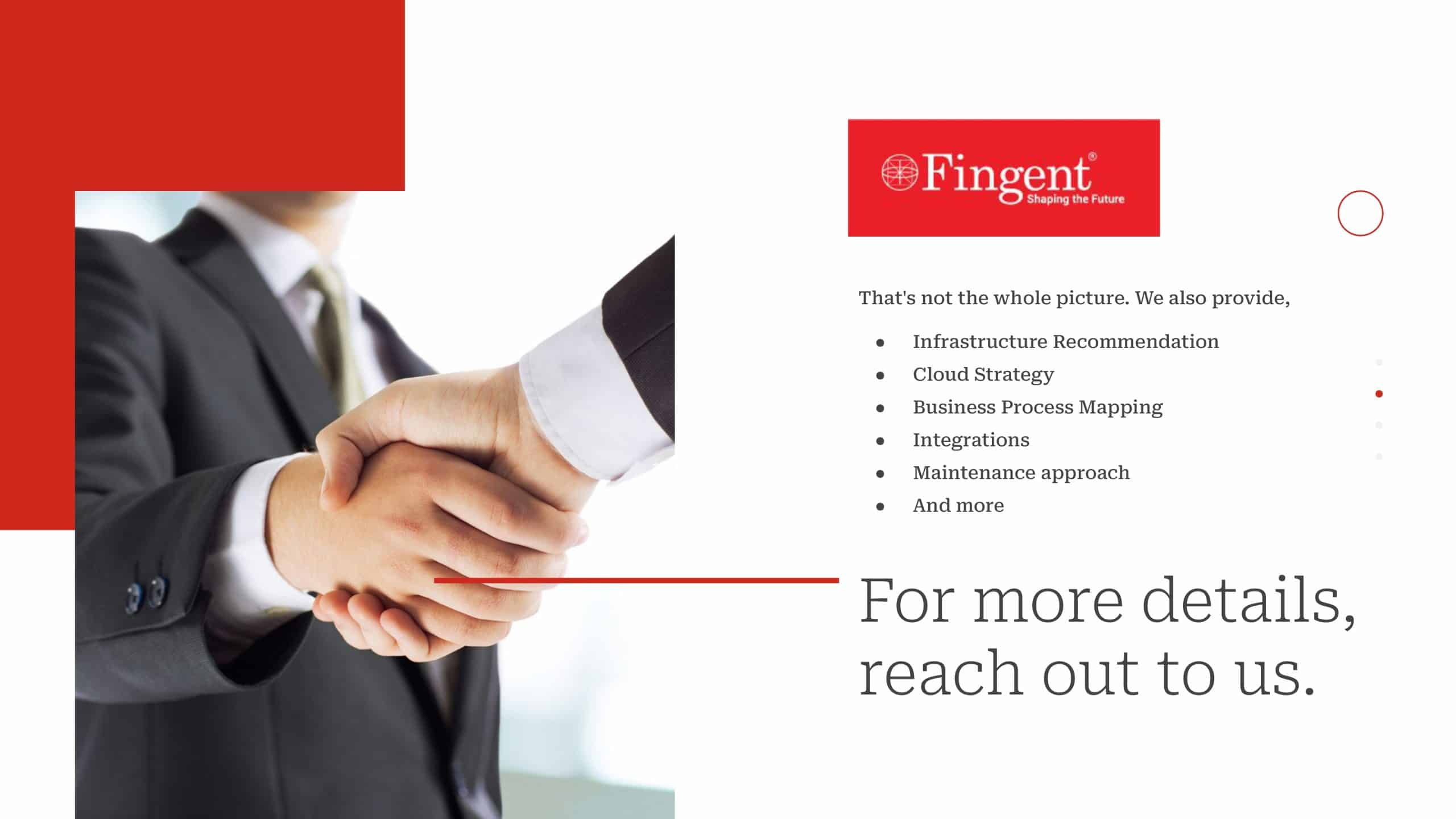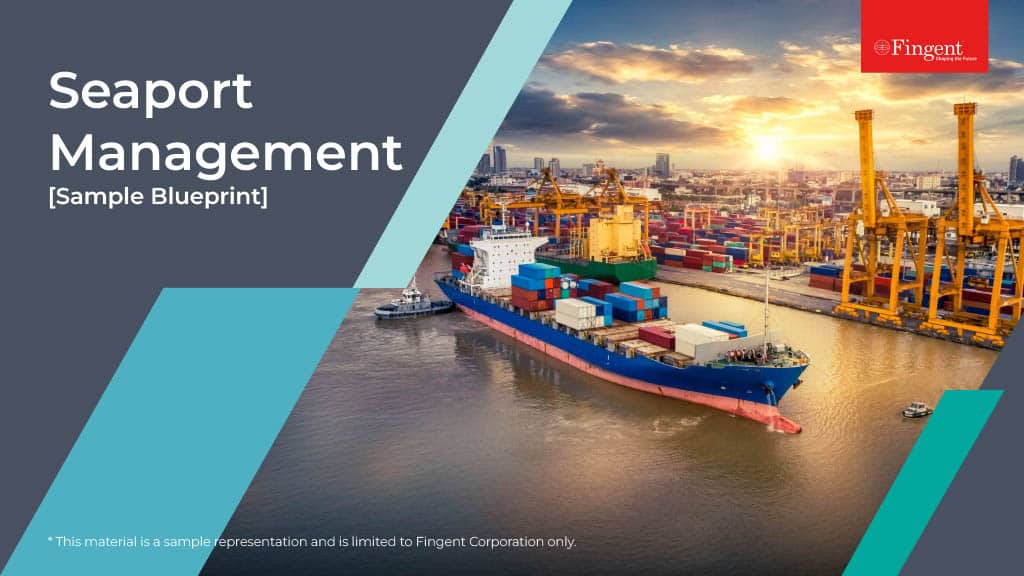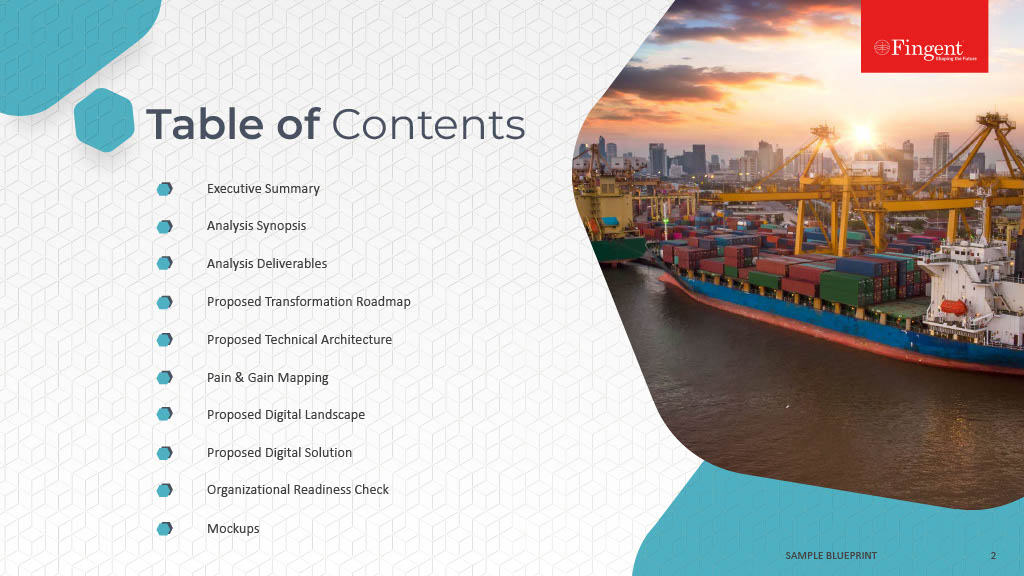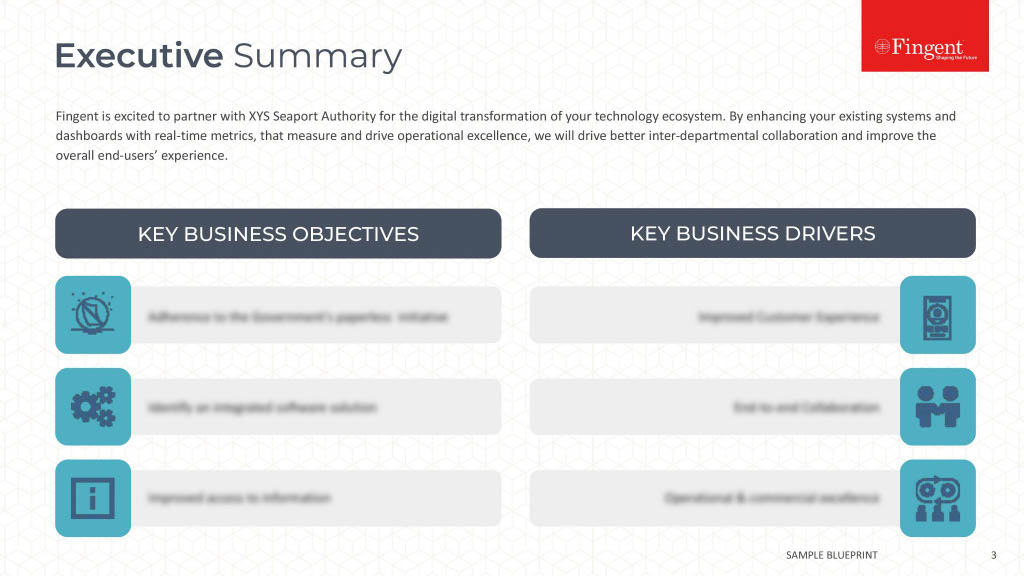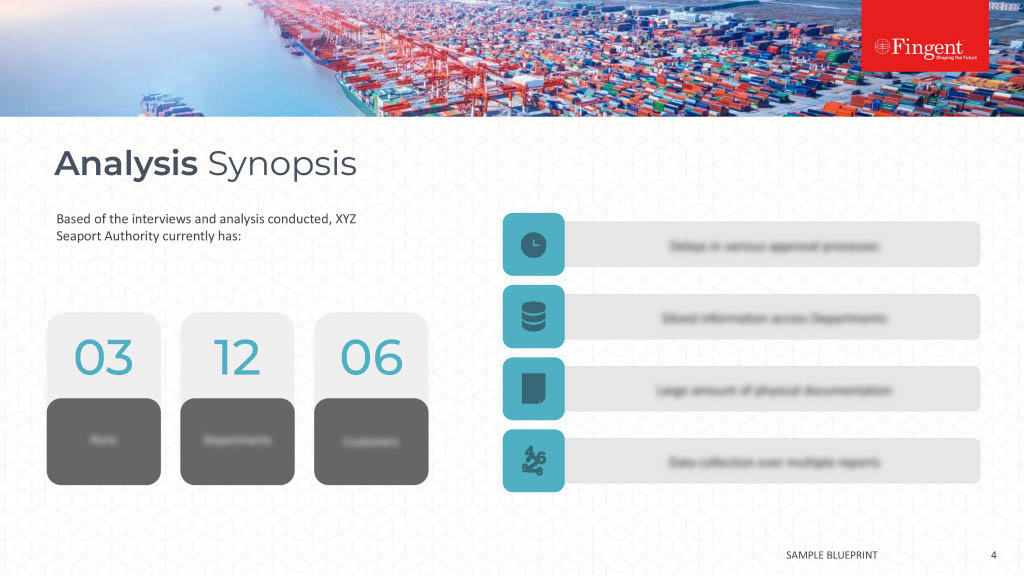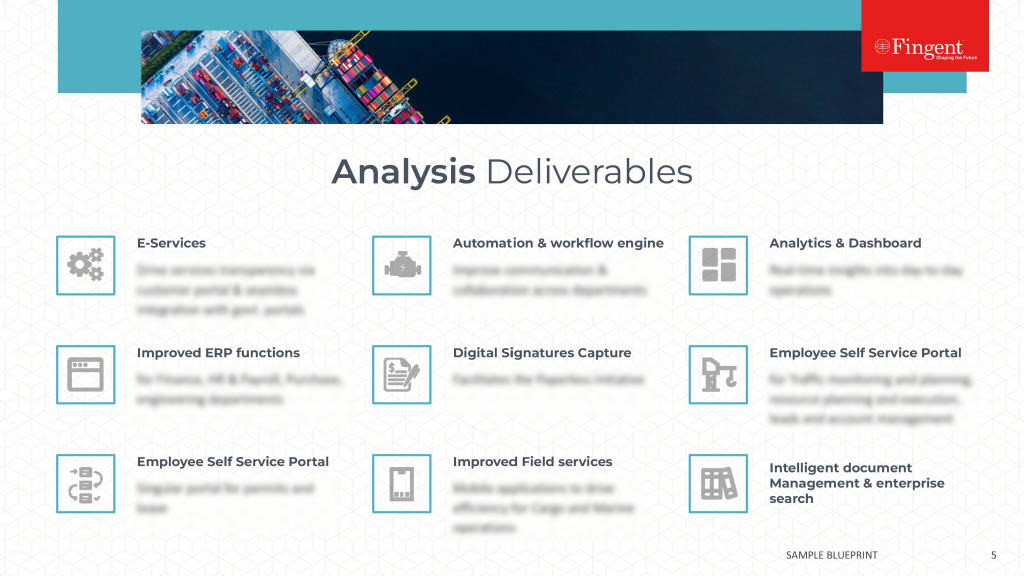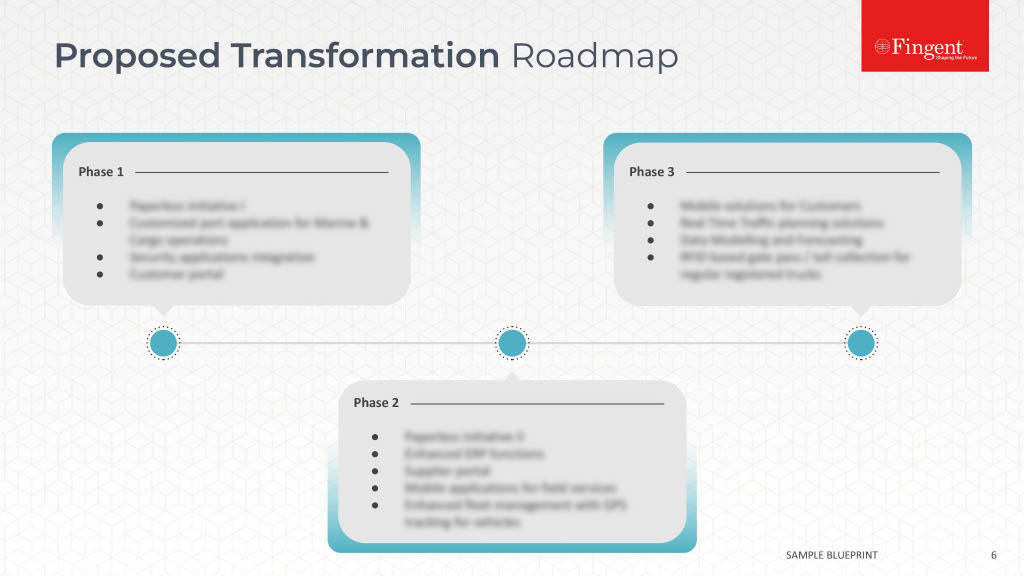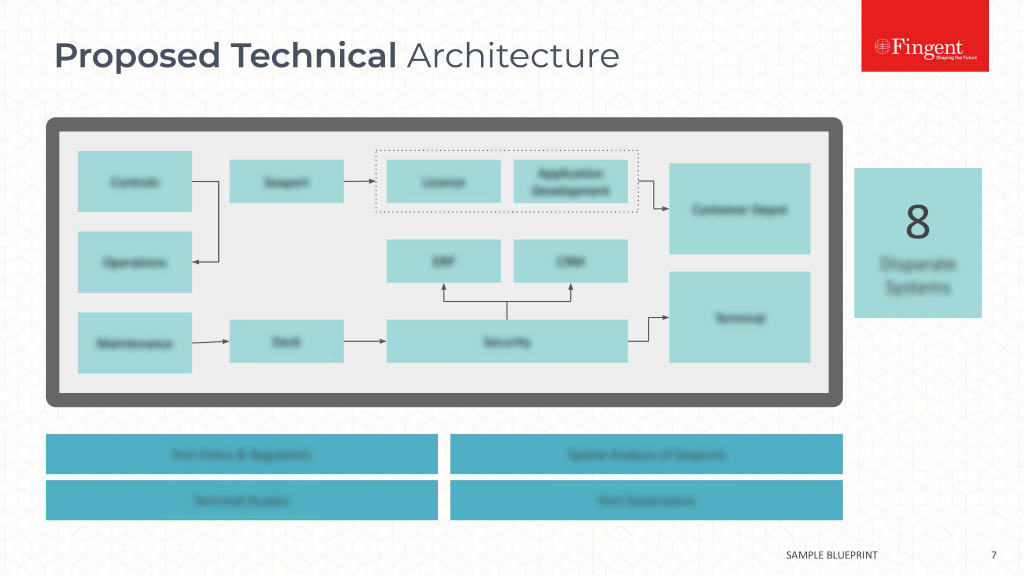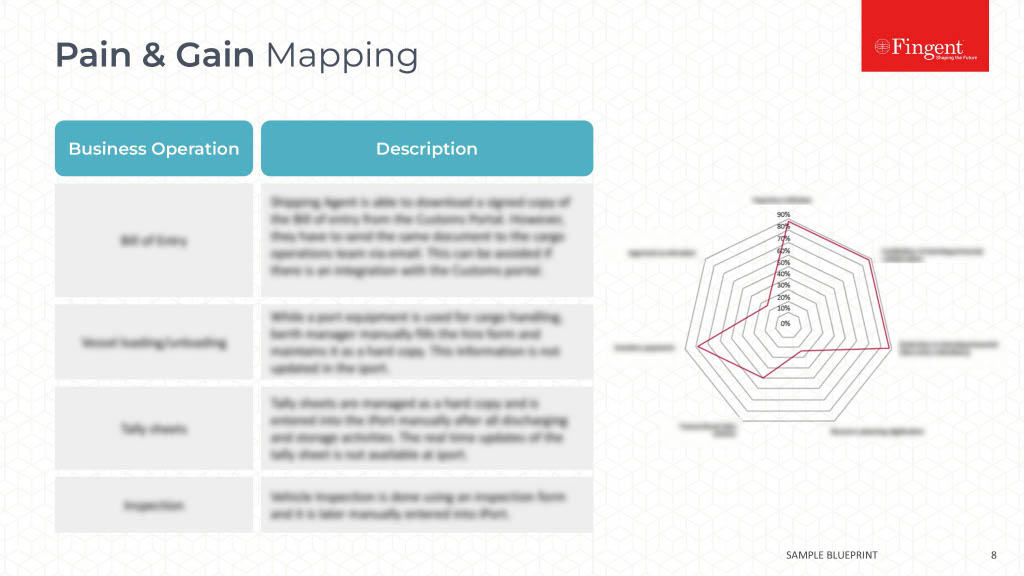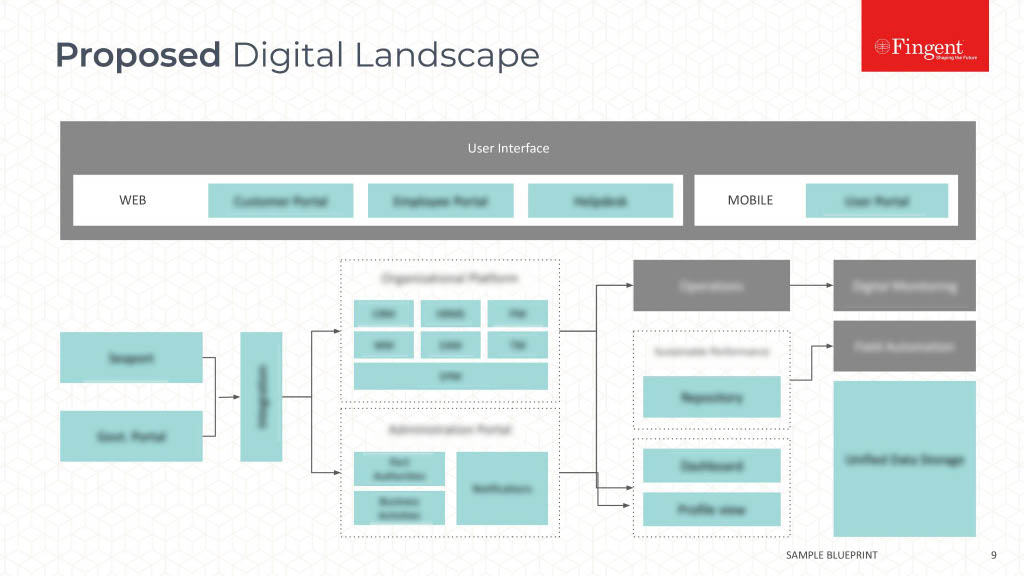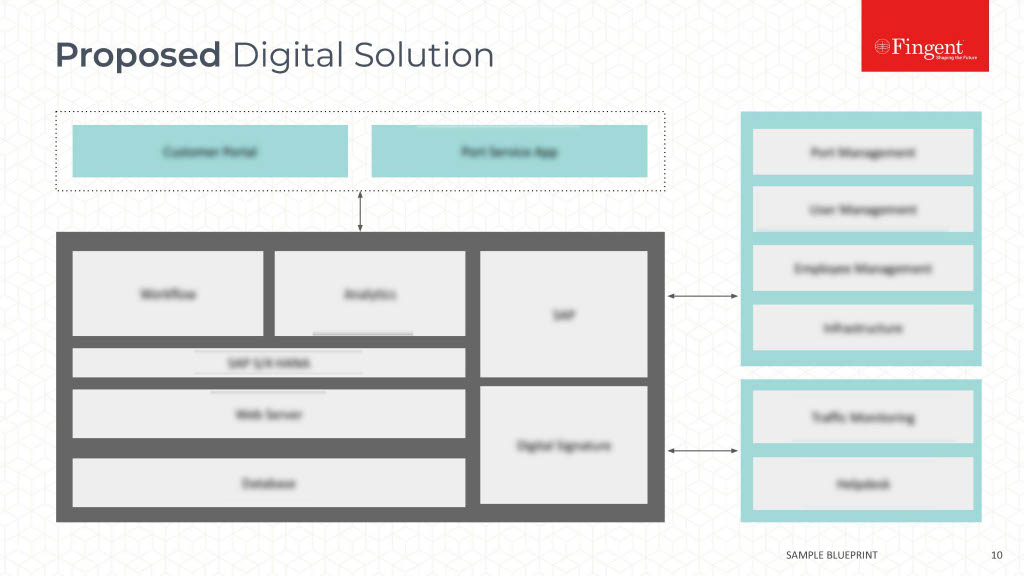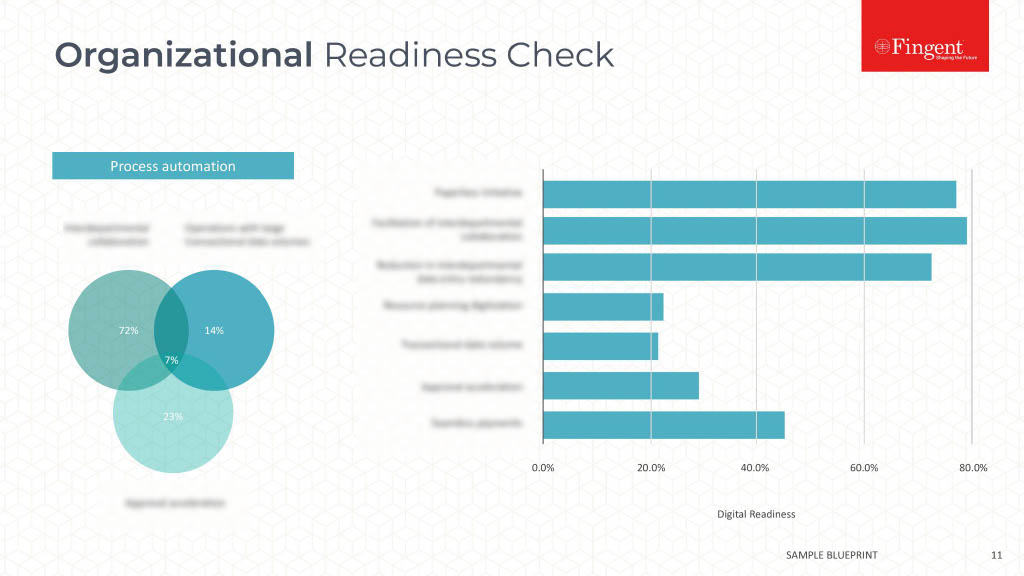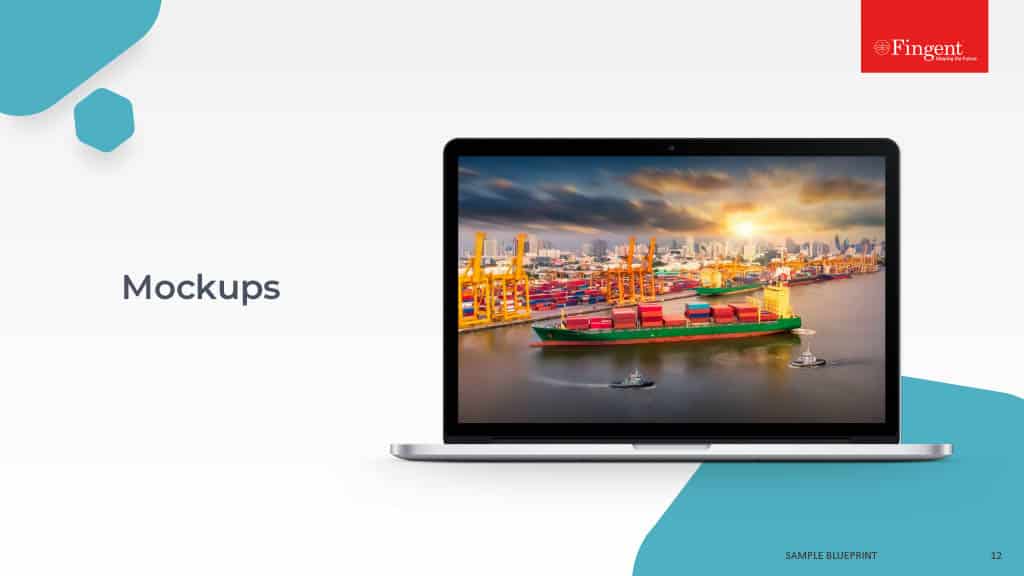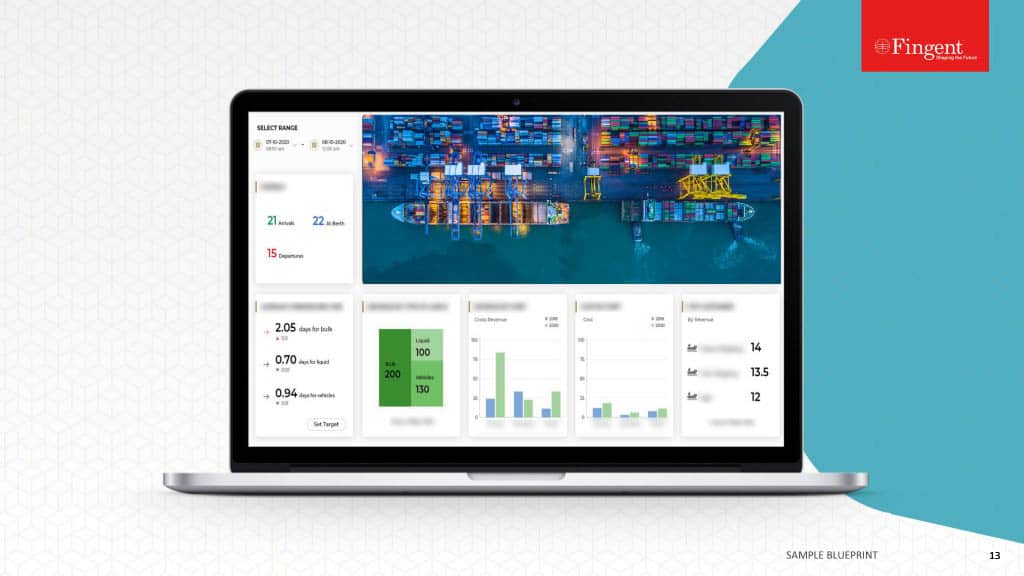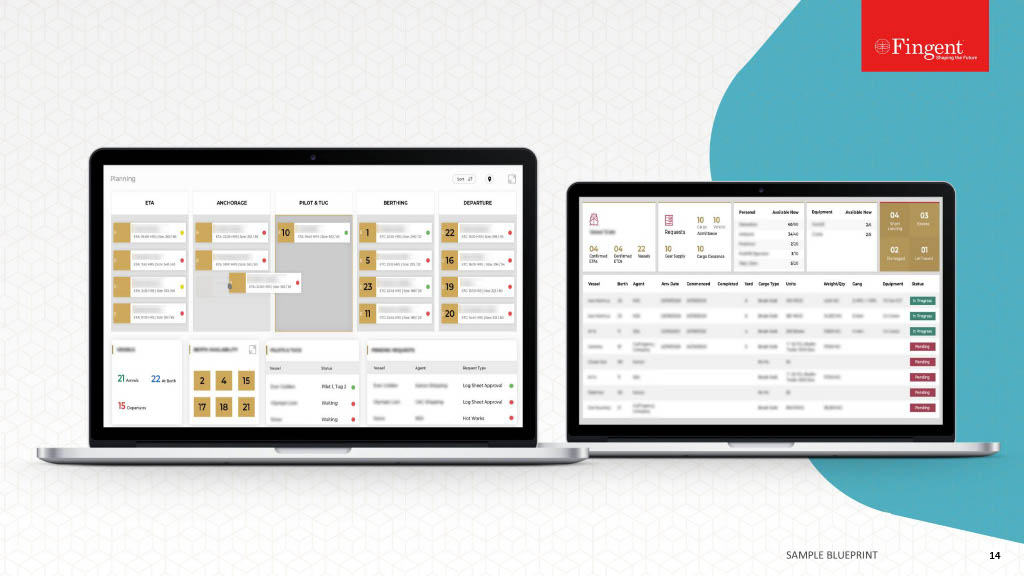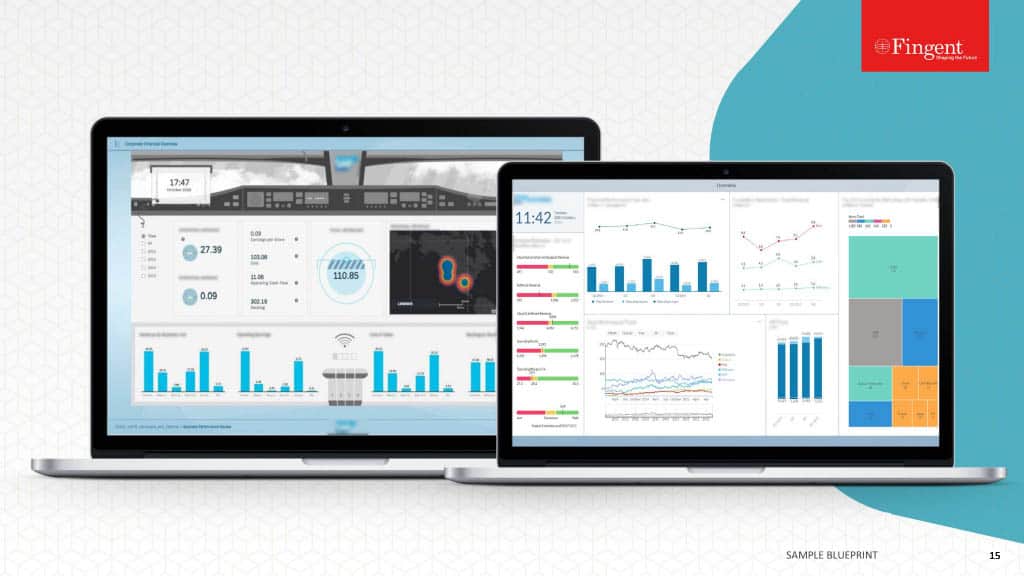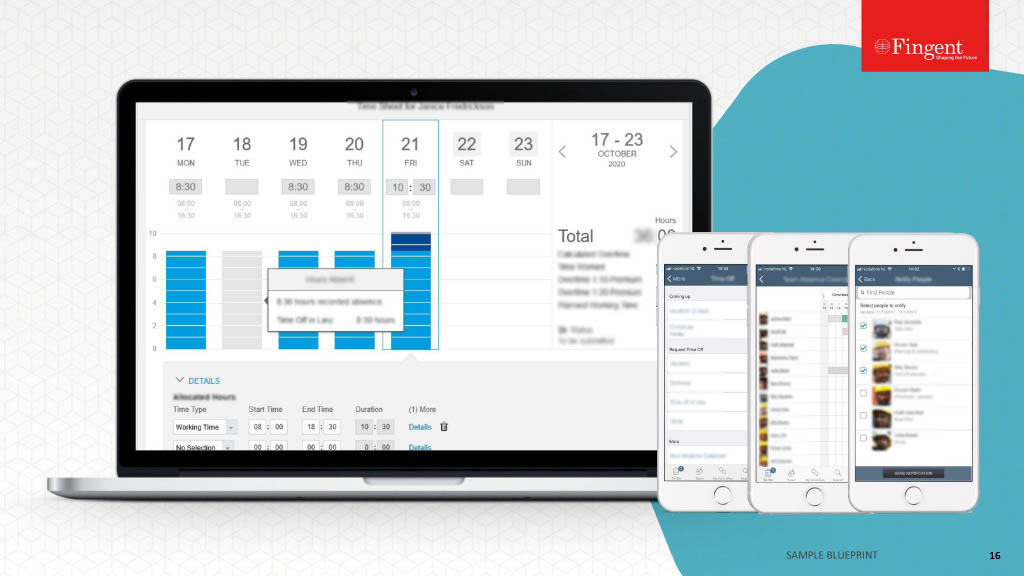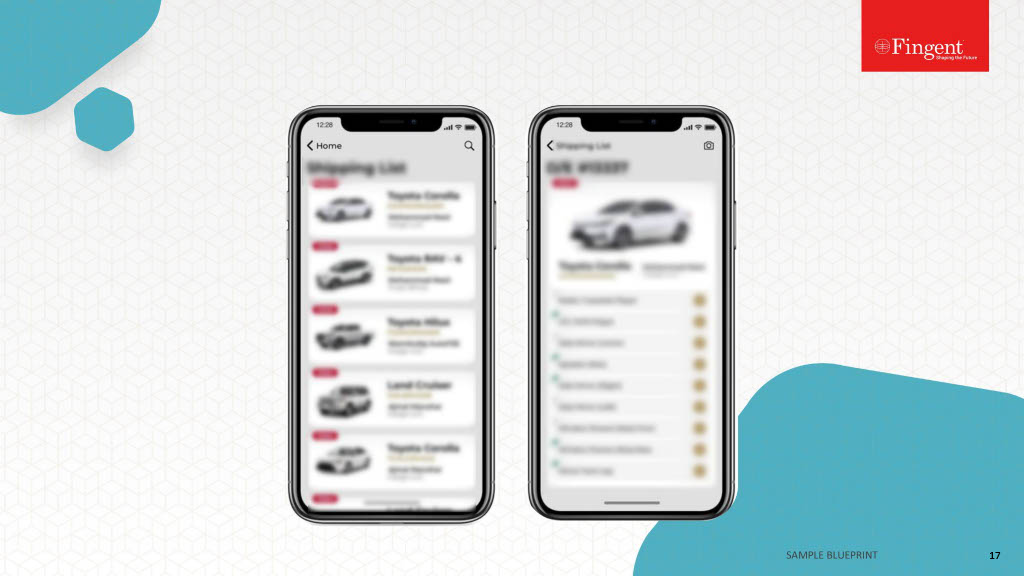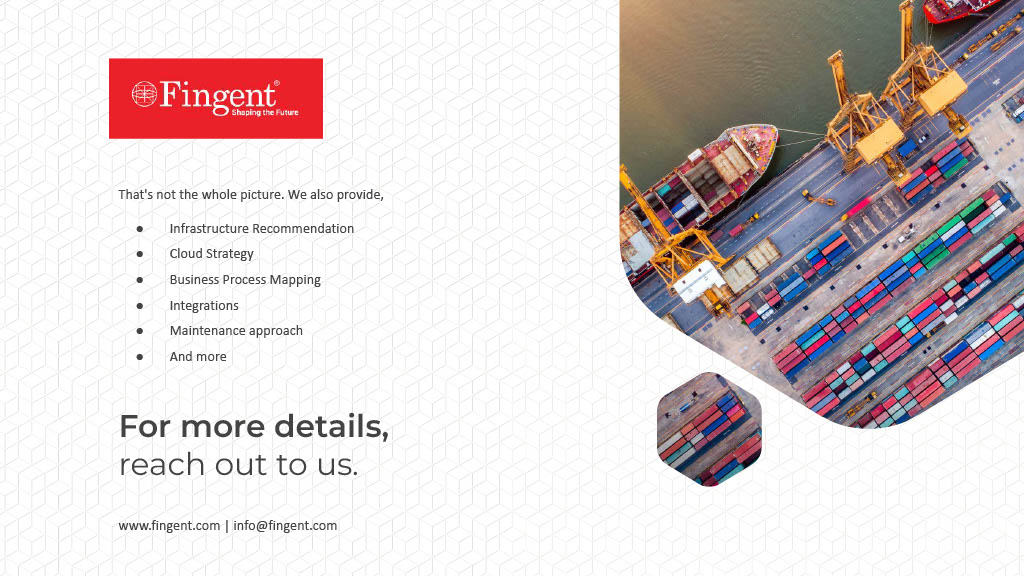Category: Technology
In today’s age of hyper-competition, businesses need to focus their systems on the customer. A critical area of focus is business software. Much of business software hitherto focused on internal efficiency. However, competitive pressure mandate a realign, with the focus on the customer, and specifically customer support.
Businesses Need to Roll Out Mobile Solutions
Nowadays, the basic support for customer commerce is through customer-facing mobile apps. About 80% of shoppers use their mobile phones for product reviews, to compare prices, and find store locations. A good chunk of these customers completes the purchase process online as well. About 54% of Millennials and 49% of Non-Millennials prefer shopping online. Businesses need to roll out customer-facing mobile apps and responsive websites, to facilitate e-commerce and other customer interactions.
The Rise of Virtual Reality (VR) and Augmented Reality (AR)
E-commerce websites offer a world of convenience to the customer. It brings the shopping experience anywhere, from home to office, and from the boardroom to the bathroom. However, such convenience comes without the “touch-and-feel” experience of physical stores. Virtual Reality (VR) and Augmented Reality (VTR) technologies bridge the shortcoming and offer the best of both worlds.
Cases of retailers supporting customer commerce through VR and AR-based software abound.
- Swedish furniture giant IKEA’s VR app allows customers to view different kitchen decors. Customers can walk around IKEA kitchens virtually, using a VR headset and app.
- Sephora’s app allows users to take selfies and apply the brand’s cosmetic products to their images. Customers can get conclusive proof of whether a shade of lipstick will look good on them, rather than debate endlessly or speculate.
Artificial Intelligence Systems Facilitate Personalization
Personalization is the order of the day.
Most businesses already use Google Analytics tool to segment customers. They target segmented groups with different discounts and deals. Marketers also use various other predictive analytics tools to analyze historical data. Advanced solutions deliver accurate predictions about demand. Enterprises could focus their efforts on products having the greatest potential for profits.
However, such a superficial approach will undergo a sea change in the future. More-and-more shoppers now leverage Artificial Intelligence, to source products, bargain prices, and pick up products. As a case in point, connected smart fridges detect when the stock of milk becomes low, and trigger an automatic reorder with a linked e-commerce store. Enterprises who can roll out business software to align with such smart systems, and leverage “A-Commerce” or Artificial Intelligence-based commerce, stands to gain big.
Adaptive Design Comes Centrestage
Customers’ needs are never set in stone. Smart businesses keep track of changing customer preferences and the underlying influencers of such change. Business software which connects with potential clients on a personal level, in real-time, is central to such efforts.
Use-cases abound for businesses leveraging technology, to adapting its products and services to serve real-time customer needs.
- Curve, a credit card company allows customers to switch cards even after completing the purchase. An executive purchasing a computer for the company with his personal card, to take advantage of a bargain, could later change the billing to the company card, after getting authorization.
- KLM’s new clip, attached to the traveler’s bag, offers real-time directions, suggestions, and alternatives. For instance, when a user is stuck in a long line at the Eiffel Tower, the clip suggests the nearby hot-air balloon at Parc André Citroën. The clip also directs users to specific in-house services, stealing customers away from the competition.
- Tesla recently increased the range of its electric vehicles for customers struck in places affected by Hurricane Irma. Range limitations in Tesla’s vehicles meant owners couldn’t evacuate the area.
Virtual Companions Become Mainstream
Most smart businesses now empower their workforce, especially support agents with virtual assistants. Such virtual assistants automate daily tasks in ways CRM can never enable.
Virtual assistants offer agents deep real-time insights on information hidden inside the company databases and other systems. Locating such information manually is a time-consuming task, in the absence of clear-cut information on where such information resides. The obvious benefit is a speedier resolution of consumer issues, leading to improved customer satisfaction and accelerated sales cycles.
Virtual assistants also take the shape of chatbots, replacing the manual assistant altogether. Technology has evolved considerably on this front, and businesses are co-opting it in a big way. In the future, even the most basic bots will become more interactive than Siri and Alexia of today.
AI infused bots learn from users, to offer highly relevant insight and suggestions. It could open the database and pry a solution even before a manual agent has the chance to comprehend the question. Further, the technology to make bots understand emotional intelligence has arrived. Such Emotional Intelligence capable bots would know how exactly to respond to a frustrated customer. Going forward, bots would handle most normal queries, leaving human agents only with long-tail and complicated queries.
Social Media Rises in Importance
Social media caught on big-time, with estimates suggesting a 394% increase in social media use in recent years. The widespread popularity is mainly on account of the transparency, the social media delivers. The best businesses leverage such transparency to further their business model.
Traditionally, businesses had complete control over their products and services. The business model essentially boiled down to a “take-it-or-leave-it” approach. The transparency infused by social media has changed the power equations. Customers now have unprecedented choice and ability to gather real feedback from real users of any product or service. If something goes wrong, rest assured everyone will come to know about it.
Smart companies cope with such change by giving more power to its customers. They listen to the customer eagerly and align their business software to take feedback. This ensures that the business and the customer work together, for mutual benefit. Businesses roll out more collaborative systems and link it to their key product development and management channels.
Enterprises need not always go in search of new technologies. What is important is the way in which any technology, new or old is applied. Any business today needs to adapt and change its services and products to meet the changing needs of the customers. Customer focused business software is a major enabler in this direction.
Stay up to date on what's new

Featured Blogs
Stay up to date on
what's new



Talk To Our Experts
The year 2017 has been eventful for digital transformation, with technologies such as Big Data coming of age. Digital transformation promises to be more disruptive in the coming years, as evident from the following predictions.
1. IoT Becoming Mainstream
The much-hyped IoT will walk its talk fully in the future. About 8.4 million “things” are already part of the IoT ecosystem, a 30% increase from last year’s levels. Enterprises will start using IoT to deliver better products, services, and insights. IoT will permeate to the masses, and become mainstream and commonplace.
Among specific sectors, IoT will revolutionize analytics in a big way, driving new smart solutions. A few possibilities include hyper-efficient fleet operations, intelligent traffic signals, and more. Tech giants such as Microsoft, IBM, SAS, and SAP are all heavily investing in IoT Analytics, offering a portent of the things to come.
2. Edge Computing Offers Effective Real-Time Processing Solution
The cloud and Big Data analytics analyze tons of data seamlessly. However, the sheer volume and velocity of data create time lag and some inefficiency. For instance, the cloud, for all its advantages, is not viable for IoT powered smart drones, autonomous vehicles, and other AI-powered smart devices. These devices need real-time and instantaneous data processing. Sending data from these devices “all the way” to the cloud is an inefficient and impractical method of processing data.
Edge computing, which performs data processing at the edge of the network, near the source of the data, promises effective solutions to the shortcomings or limitations of the cloud and big data. Edge computing, for instance, allows IoT powered devices to connect and communicate instantly and seamlessly.
Industry biggies, such as HPE and CISCO have already rolled out hardware and software to actualize Edge computing. IDC predicts 40% of all computing to happen at the edge in the next couple of years.
3. Enter the 5G Network
4G or fourth-generation wireless, synonymous with LTE (Long Term Evolution) technology, went mainstream in 2017. 5G of fifth-generation wireless will go gain ground in coming years. The need for hyper-connectivity and IoT propels the need for 5G.
The Next Generation Mobile Networks (NGMN) Alliance defines 5G as “an end-to-end ecosystem to enable a fully mobile and connected society.” 5G is not an incremental upgrade over 4G or LTE.
While the 4G focus is on raw bandwidth, 5G focuses on pervasive connectivity and super-dense network, enabling even faster and resilient access to the Internet even from the remotest caves or desolate hills. Unlike the hitherto monolith networks entities such as 2G, 3G or 4G, 5G co-opts a combination of technologies, including 2G, 3G, LTE/4G, LTE-A, Wi-Fi, and more. While emerging technologies and solutions, such as IoT, connected wearables, augmented reality and immersive gaming places a great strain on incumbent networks, 5G will run these technologies seamlessly.
Industry majors such as Sony and Samsung are investing in Gigabit LTE, the stepping stone between the incumbent LTE and 5G. The already well-entrenched Qualcomm Snapdragon technology powers Gigabit LTE. However, 5G will become a household technology only after a few years.
4. Blockchain finds Its Way
Blockchain, the secure transaction ledger system distributed across a network of computers, rather than under any single entity, will finally become mainstream by 2018. The financial industry has already started to embrace blockchain in a big way. The healthcare, entertainment, and hospitality sectors are on the verge of embracing it in a big way. Dubai is rapidly moving toward becoming the world’s first-ever blockchain-powered government by 2020.
5. Artificial Intelligence Becomes Mainstream
The market size for AI is set to double up from $2420 million in 2017 to $4066 million by 2018.
Solutions powered by Artificial Intelligence are already popular. Artificial Intelligence already powers many popular solutions, such as Alexa, Siri, Salesforce Einstein CRM, IBM Watson, SAP Leonardo, Netflix, Amazon AI, Cortana Intelligence Suite, and various customer service chatbots.
Companies will continue to roll out cutting-edge solutions based on Artificial Intelligence, especially to implement smarter and cheaper automation. The scope of artificial intelligence would expand to encompass everything from emails and content generation and from industrial manufacturing to smart grids. In fact, major companies will embed Artificial Intelligence into their core operations. Fueling the growth of Artificial Intelligence is the spread of open-source solutions. Artificial Intelligence cannot easily be integrated into closed systems.
With more investments being made betting on Artificial Intelligence, Virtual Reality is losing the race significantly because Artificial Intelligence offers whatever Virtual Reality offers, in a much cheaper and better way. For instance, companies can apply 3-D visualization to train, pitch, and envision new products in a much better way than what Virtual Reality offers.
6. Anything as a Service
XaaS or “Anything as a Service” is now within the realms of possibility. The cloud-based services market now encompasses software, infrastructure, and everything else. The latest to enter the “as a service” market is a framework! Framework-as-a-Service (FaaS), which falls between SaaS and PaaS is a customizable cloud-based platform. Users may indulge in rapid prototyping, visualization, and other fast fail methods to discover whether a concept or strategy will work or not. Companies get to know the result of their initiative, without having to spend time and effort, doing it the hard way.
Side-by-side with FaaS, workplace-as-a-service (WaaS) and unified-communications-as-a-service (UaaS) will also become mainstream in the future. Remote workplaces, powered by WaaS, will rise in a big way in the future.
7. Low Code Platforms to Soar in Popularity
Low code development platforms (LCDP) will net a total revenue of $6.1 billion by 2018, and over $10 billion by 2019. These figures are impressive when compared with the total revenue in 2015 which was just $1.7 billion.
LCDPs allow creating apps through a configuration of functions, and intuitive drag-and-drop options, rather than by hand coding. The obvious advantage is ease of development and accelerated delivery of business applications. Acute shortage of talented programmers fuels the growth of LCDPs.
Some popular LCDPs, as of now, are Appian, Mendix, Google App maker, and Zoho Creator. The growing popularity of such low-code development platforms will spur ‘citizen development’.
Technology is always fluid. Companies who embrace the latest technology head-on to deliver better solutions for its customers stand to reap dividends. Companies who do not change will surely be swept away into obsolescence.
Stay up to date on what's new

Featured Blogs
Stay up to date on
what's new



Talk To Our Experts
Technology has helped retailers to reach people globally and provide services that were never possible through the traditional brick and mortar store operations. Such massive shifts in technology have engaged even the least encouraged shopping enthusiast into acquiring items of their interest. With the advent of smart technology, shopping is just going to get more fun, engaging, and exciting. Here are a few top technologies that will completely change the way you shop.
1. Smart Shelves
Stores can now embed sensors on their shelves and turn them into a smart shelf that detects the stock remaining, the pricing changes, and alerts the staff accordingly. Many times customers find their favorite product out-of-stock. Smart shelves offer a real-time update regarding the inventory of the product and detect if it is running low. It gives retailers the power to change the price of products in real time. Retailers can plan their stocks and discounts based on the customer’s interest.
2. Retailing Apps
Smartphones are a great way to reach your audience and retailers can create their custom apps to sell their goods easily. These apps provide information about stock, alert customers about offers and work to understand the customer behavior. With Big Data analytics on the rise, retailers can figure out what sells more and even personalize the app as per the customer interest to entice them for shopping. The apps are also a great way to test new products and check if they really generate interest from the customers. If yes, the products can be launched and if no, a survey will help to understand what changes would work better.
3. Interactive dressing rooms
Major retailers such as Nordstrom, Neiman Marcus, and Rebecca Minkoff are driving an interactive technology in their flagship stores. An interactive mirror is set up in the trial rooms or fitting areas where shoppers get to analyze a 360-degree view of the outfit they are trying. It allows them to compare other outfits in similar design or color alongside. Customers can send the entire video to friends right away to get an opinion about it. Shoppers have the freedom to ask for a different size or color right from the dressing room. This saves time and increases customer satisfaction as well.
4. Smart stores
Customers who shy away from stores due to long lines at the billing counter can breathe a sigh of relief. Smart stores are not a thing of future anymore since Amazon is opening a Self-Checkout store soon. The customer simply has to walk into the store, pick what they want from the shelves, and walk out of the store. The items picked will be added to the app itself and charged on the mode of payment selected by the consumer. Another smart technology that stores can utilize is having a Virtual Reality (VR) and Augmented Reality (AR) Walk Throughs to provide a personalized experience. Such a technology works best at places that sell furniture, paint, and home improvement items.
5. Mobile Payments
The use of Near-Field Communication (NFC) technology for making payments is available with all latest mobile phones. Such a payment method makes it easy for customers to purchase items without carrying their credit card or cash along. It is far more convenient and easier to manage not just for the customer but even for the retailers.
Technology is on the rise and retailers are not staying behind to use it. If you are a retailer, it is not too late to join the race and get ahead with smarter technology and solutions. And if you have set your mind on a certain technology, look no further than us to develop it.
Stay up to date on what's new

Featured Blogs
Stay up to date on
what's new



Talk To Our Experts
Mobile technology is being used and applied in every business sector and the use of mobile devices is on an all-time rise. It has become necessary for the organizations to ensure that the applications and systems are compatible with the mobile devices. There are several techniques followed for this purpose and mobile-first is one such approach. Mobile first is a design approach in which the website or an application is designed for the mobile platforms first. It may then be scaled up for desktop and other larger devices.
Learning Management System (LMS) is defined as a software application used to plan, implement, track, report, assess and deliver a particular learning process. There are several learning management systems that are available in the market. The business units need to enhance and provide the mobile-based learning for their employees and stakeholders. These learning systems are also high on demand in the educational institutions. A “mobile first” design approach should be followed for such LMSs and there are a set of key considerations to be incorporated.
-
Multi-Device
Mobile devices do not refer to the Smartphones only. There are numerous other mobile devices, such as tablets, Personal Digital Assistants (PDAs) etc. that must be considered while designing the Learning Management Solutions using mobile-first approach.
-
Responsive Design
The design of the learning management system needs to be responsive to attain maximum user satisfaction. It will allow the system to have excellent performance on a wide range of devices and make the activities associated with maintenance and development easier.
-
Performance v/s Content
There is a limited screen space on the mobile devices that take away the freedom to put additional content on the screen, unlike desktop applications. The designers must ensure that only the salient information is present on the screens of the LMS. The designer must keep a balance between the content and the performance of the system layout, navigation, scrolling, and usability.
-
Acceptance & Change Management
The demand of the market and customers is to access the websites and applications on the mobile platforms. The business units must accept this change and make sure that they fulfill the user demands and expectations accordingly. A majority of the users prefer m-learning instead of desktop-based learning systems. It is essential to understand the difference in the design principles and methodologies between the two platforms.
-
Sequential Screening
There may be scenarios wherein the users may switch between the mobile devices while accessing the same LMS. These devices may vary in terms of screen size and resolution. The LMSs’ backend must be capable of adapting to such transitions without any adverse impact on the performance and network connectivity. For instance, an employee may access a particular LMS on an Android-based tablet provided by the organization. The same employee may choose to access the system on the personal iPhone after office hours.
-
Integration with Latest Technologies
Learning Management Systems need to use data in unified and cohesive manner. There are Big Data applications developed for better organization and management of the data sets. LMS developed with mobile-first approach should have the ability to be integrated with external tools and applications, such as Big Data and Business Intelligence tools. Security is also one of the prime areas of concern for the mobile-based applications. There are security tools, such as anti-malware tools, intrusion detection tools, and anti-denial tools etc. developed for enhancement of security. LMS needs to be capable of being integrated with such tools and applications.
Mobile applications and websites have succeeded in gaining a lot of popularity among the users. The learning management systems developed by the business units and educational institutes must also consider and abide by the shift in the user expectations. There are many differences between the desktop based applications and the ones designed for mobile platforms. These considerations in terms of screen size, layout, design principles, set of priorities, integration, compatibility (with other tools) and security features must reflect in the final design. There are certain system qualities provided with a higher priority in LMSs designed with a mobile-first approach. These qualities include application performance, usability, security, availability, and reliability.
Stay up to date on what's new

Featured Blogs
Stay up to date on
what's new



Talk To Our Experts
What is Cognitive Computing?
Cognitive computing is the simulation of human thought processes in a computerized model, or an attempt to make computers mimic the way human brains work. Cognitive computing platforms help create automated IT systems capable of solving problems on its own, without human assistance.
Cognitive computing epitomizes a shift from programmed-systems to systems that learn and understand. Apps using cognitive computing technology feature self-learning algorithms. It makes use of techniques such as data mining, natural language processing, and pattern recognition, to acquire knowledge from the data it mines or is fed into it. The system looks for patterns and refines itself as it encounters more and more new data.
Impact of Cognitive Computing
Cognitive Computing is a disruptive technology, with major transformational impact. It has the potential to take enterprises much further than what traditional business intelligence and analytics solutions take them, manifested in several real-life use cases already widespread now.
The range of insights offered by cognitive applications extends far beyond what a traditional analytical tool provides. The process of continuous improvement and refinement makes cognitive application systems capable of anticipating new problems and modeling possible real-life solutions.The tips and recommendations get better with time, as more and more data enters its range.
Cognitive computing is already in widespread use in several artificial intelligence applications, such as robotics, virtual reality solutions, and more. Among the various sectors where the adoption is already widespread, a key area where results are already obvious is in healthcare, fitness, marketing, and sports technology.
“Coach Watson” to Set the Stage on Fire
Cognitive computing is all set to unleash big disruptions in sports technology, and change the way athletes and other stakeholders approach major sports tournaments. Leading the disruption is IBM Watson.
The versatile IBM Watson is donning a new hat, of coaching elite runners in America’s top running clubs. While there are several apps already leveraging big data to offer valuable insights and optimize an athlete’s performance, “Coach Watson” goes beyond. As it is with any typical cognitive computing application, Coach Watson pulls in data from a wide gamut of sources, analyze such information in real-time, identify trends, and deliver actionable tips to athletes, in natural language.
The following are some sources from which IBM Watson gets inputs, on the basis of which it conducts its analytics:
- Watson collects physiological and biomarker data from wearables worn by athletes.
- The system takes in the tons of unstructured data which conventional analytical tools usually fails to factor. Examples include travel schedule, the attritional effect of a long season, work and family stress, body recovery time, and more, all of which are seemingly not related but can play a critical role in an athlete’s performance
- The system pulls in latest research findings from medical journals, health and fitness history of top performers in the particular environment, and more.
- IBM has co-opted Orreco, a working partner with Oregon Track Club for six years running. Orreco provides insights on physiological test data and biomarker data and data on nutrition and sleep.
- IBM has tied up with Triax Technologies, 113 Industries, and Spare5 to enlarge the Watson ecosystem, and further deepen insights.
The insights generated by cognitive computing apps such as Watson facilitate drawing up highly customized training programs and optimizing schedules. For instance, a Cognitive computing powered app draws in data from the wearable devices, compares it to optimal body parameters, and indicate how much harder or longer to carry on with a workout, whether to lower the intensity of the workout, take a few days off to recover on encountering fatigue, how to optimize sleep schedules around travel, and several other rich insights. Such insights, hitherto not easily discernable with any authority, ensure each athlete remains in a zone of peak performance on the day of a competition and could make all the difference between a medal and an “also-ran.”
At another pane, Coach Watson works to preempt injuries, which can severely disrupt or even end an athlete’s career. For instance, continuous monitoring of biomarker data could make evident iron deficiency in the blood, offering early warning signs of an upcoming injury, weeks in advance.
Watson Powers Many Actionable Apps
Cognitive applications are in the throes of revolutionizing sports technology. Many Watson powered cognitive solutions have already hit the market, to empower coaches, trainers, players, managers, and other stakeholders in a big way.
The Triax Smart Impact Monitor (SIM), a wearable sensor embedded in headbands or skullcaps track the force and frequency of head impacts, offering proactive assistance to mitigate the situation. The device factors in diverse data sources to offer sound advice on the best course of action.
The cognitive app powering Spare 5’s Watson Golf Pro is akin to a highly resourceful personal caddy. The app accumulates a corpus of knowledge on mechanics and drills, gathered from contracted golf professionals. Amateur golfers may consult the app in natural language, and gain crucial insights related to the course, such as wind velocity, the best shots to play, and more. Seeing a golfer’s swing, the app provides feedback for improving that swing.
Cognitive Systems Lend Objectivity to Player Selection and Management
There is a big element of subjectivity in sports selection and management. Cognitive apps can offer greater insights which allow selectors, coaches, managers and other decision-makers to make informed decisions, and support their gut instincts with hard data.
For instance, cognitive computing apps can read and interpret all the press conferences made by players over the years, offering insights to selectors and managers on the mindset of the player, as in whether the player is becoming more positive, more optimistic, and other innate characteristics traits. Likewise, coaches get detailed and in-depth information about the player’s physical and mental faculties, and how they react to specific situations, allowing them to take proactive actions to manage the player well.
Cognitive apps have the capability to analyze unstructured data, meaning it can make an in-depth analysis of videos and footage of the athlete’s performance, and give real actionable recommendations. This is a big improvement from coaches and training staff watching videos, and generating pointers, manually, based on their gut instincts, and with a high degree of subjectivity and assumptions.
Cognitive Applications Enhance Fan Experience
Cognitive applications work wonders not only for athletes and the business side of sports but also for fans. A good case in point is 113 Industries “Pi” service, which has been put to good use by Pittsburgh Penguins, the famous hockey team, to analyze the huge volumes of fan-based data. The club uses such insights to develop specialized offers and services for fans, relating to concessional merchandise, pre and post game entertainment at the CONSOL Energy Center, and more.
Cognitive apps could likewise guide fans proactively, such as making explicit the train to catch to reach the stadium on time, factoring in traffic, fares, preferences, and other innate traits which the fan had to consider manually before. Cognitive apps would also guide the fan to the best parking space, without having to drive around in circles. Once inside, a cognitive app could guide the fan to the toilet with the least wait time. All these are possible in natural language.
The application of cognitive computing to enhance sports technology can deliver rich rewards across the board for all stakeholders, players, tournament organizers, coaches, spectators, fans, television broadcasters, and everyone else. However, as always, the devil lies in the details. Success depends on designing the apps right, with clarity on the objectives, and the development task done by competent and resourceful professionals who know what they are doing.
Stay up to date on what's new

Featured Blogs
Stay up to date on
what's new



Talk To Our Experts
Hordes of app release every single day and most of them carry important user information. These apps are vulnerable to hacker attacks that look for weaknesses in apps, tap into them and phish user information or implant a malware. However, according to studies, the number of malware detections has dropped by 40% compared to 2017.
To ensure users really benefit from your app and at the same time are not left vulnerable, every mobile app development company needs to tackle these 8 security issues.
1. Picking up codes written by hackers
Many hackers create codes hoping that app developers will pick them up to use their idea. Many people do not seek to build apps from the ground up. Instead, they utilize easy frameworks and ready-made codes to customize them into their own app. A mobile app development company should not trust these third-party codes without verification, especially if the app deals with sensitive user information.
Related Reading: Check out the top technologies used to develop mobile apps.
2. Leaving the cache unchecked
Mobiles are known to be more susceptible to security breaches since it is easy to access the cached information inside them. Develop an app that utilizes a smart cache cleaning cycle that works automatically or requires a password for use.
3. Not performing security testing thoroughly
It is the duty of an app developer to go through proper security testing and take appropriate measures to fix vulnerabilities. Many developers get sloppy and release their apps in beta modes that leave users at risk. This not only affects the customer’s data, but also results in negative brand publicity that will hurt your app. So test your app properly, check every aspect including the camera, GPS, and sensors. Also, disable NSLog statement on iOS that stores the debug information in case of an app crash. For Android users, the log is generally cleared when the device reboots.
Related Reading: Find why wireframing is important for app development.
4. Weak or no encryption
Encryption algorithms are the first line of defense when it comes to blocking hackers from attacking user phones and even the servers. But remember that with the rise in technology, these encryptions also need to be upgraded. There have been apps that stored user information in simple language and were hacked too easily.
5. Lack of server-side security
Many app developers may provide better security for their apps, but their server-side security is susceptible to attack. Such negligence can cause loss of sensitive data such as credit card information, personal identification information, and more. If you deal with collecting big data of users, get a certified Secure Sockets Layer (SSL) and avoid using low-grade security encryption to avoid leaks of your analytics and advertising information.
6. Slow upgrades and patching
Once you launch your app, hackers start working on exploiting the weakness of your app. Once these are exposed, it is imperative that you start plugging the holes and update the users with immediate patches to restore the app’s functioning as well as the faith of the users. Remember, there is no margin of error if you deal with sensitive information. A lack or delayed fixing of issues might make your app obsolete too.
7. Protecting the device with Enterprise Mobility Management (EMM)
An EMM solution will work great at protecting the device from getting a jailbreak or being rooted. This avoids the removal of built-in security that a mobile operating system offers to keep the data safe for long. Using an EMM will also provide a way to authenticate users before launching an app and can be used to apply various security policies to prevent data hacking.
8. No plan to obstruct physical breaches
A mobile application development company should think beyond the digital realm. Chances are that the device is lost or stolen. Apps can be made to implement session timeouts weekly or monthly to clear the device of stored passwords.
Related Reading: Find how to balance between security and usability in enterprise app development.
If you have a mobile application idea, it is always better to seek professional developers and companies to make them for you instead of trying free third-party codes and make your app vulnerable.
Read More: Mobile App Development : 4 Tips To Consider
This video is made using InVideo.io
Stay up to date on what's new

Featured Blogs
Stay up to date on
what's new



Talk To Our Experts
M-commerce and Application Performance Management will Reign
Nearly 179 billion mobile apps are downloaded for big and small businesses every year. Unless you live under a rock, our guess is that you may have considered developing an app to help consumers to land straight on to your responsive website. Today, the mobile app technology is being driven by consumer needs and habits. A futuristic vision is essential for successful M-commerce even if competition is slack.
The following tips will help to engage your potential consumers who are glued to their smartphones 24 x7 into your business. We will also see why application performance management will reign in coming years.
This chart represents the guideline to create a successful biz-app.
Market Research Determines the Feasibility of the App
Apps are profitable for all businesses.
From the number of apps you have on your smartphone, its profitability can be gauzed. As biz-apps grow exponentially, they are a single platform to promote a brand/product, give an ad, offer rebates or codeshare for freebies. This mobile channel offers a fantastic range of processes. But for its success, market research and feasibility are absolutely vital. Hundreds of biz-apps are downloaded, and some fail miserably either because the consumer undermines its actual utility and relevance, or the app fails to bring anything new compared to its competitors in the market. Hence a feasibility report before developing the app is vital. Ask yourself-do people need your app? Are you fulfilling any specific need? Ground level figures will indicate if the app is worth or it needs to be tweaked to suit consumer preference.
Improvise and Innovate
If an already existing app fulfills the need, why should you still make one?
If the feasibility report reveals that you can bridge a gap (improvise) or add (innovate), then go ahead and create the app. It will answer the pain points of the consumers and they will appreciate it.
Make the App in Two Months
Although it is a long period, don’t delay further.
Let’s put it this way- apps also have a shelf life or an expiry date. If you have done a study and waited for 3 months, by then the consumer habits might have changed! They are fickle-minded and will move on to another vendor and brand who addresses their pain points better. Quickly launch the app to ensure that the reports are relevant to the research.
M-marketing is Gaining Traction
Yes, it is trending to market via apps.
In the peak season, your product will need to go public/live. Develop and launch the app a little before that and script out the marketing strategies. Align them together for best results. Ensure to make use of optimization searches.
The App Should be Smooth
Expecting a consumer to navigate is counter-productive.
Most consumers may have smartphones, but are not smart enough to use them! An easy interface and download are recommended. An easy-peasy app will be appreciated by all consumers. Not only the download but also its continuous use should be considered. No one will bother to learn how to use it. So, make your business app intuitive and progressive.
Do not Overdo Ads and Banners!
Too much of ads and banners ruin the user experience.
One of the reasons for mobile app failure is the number of ads added. A consumer can delete it anytime if he finds it is bothering his browsing experience. This is a very broad hint and not just a friendly tip!
Application Performance Management (APM)
Why is it poised to rule in the future?
The new generation of smartphones are designed to integrate various kinds of apps. The screen size, resolution, ability to navigate the content are just a few things that will drive the success of a potential app for m-commerce. A single device platform works well. Can it be transferred to another device? That will surely make it more versatile for better user experience. Thus one needs to apply mobile metrics to solve the double trouble. This is where APM is useful for the qualitative behavior of the app. The tools for its feasibility can be equally challenging as they collect the data, assist in monitoring, providing insights and then ultimately align it with the business.
Stay up to date on what's new

Featured Blogs
Stay up to date on
what's new



Talk To Our Experts
Businesses in the present are making every move to ensure that they stay ahead of their competitors in the market. A rapid growth in terms of market share, revenues and customer base is desired by every business unit. One of the strategies being used by the businesses to ensure faster growth is the development and deployment of the enterprise mobility applications.
Enterprise Mobility is the trend that allows the employees of a business organization to work remotely to fulfill the business tasks and activities using mobile devices, mobile applications, and cloud-based solutions. An enterprise mobility application refers to a mobile app that is developed to target the enterprise-related problems.
Enterprise mobile applications can enhance business growth for companies in the following ways:
- Better Work-Life Balance
Every employee engaged with an organization aspires to maintain a healthy balance between the professional and personal commitments. Enterprise Mobility Applications allow the employees to experience better flexibility by allowing them to carry out business tasks from any of the remote location. 69% of the IT decision-makers support the idea of BYOD as they have witnessed positive results with the inclusion of the same. Workers in the United States on an average save 81 minutes per week with the aid of BYOD. There are 49% employees that say that they are more productive while working on their personal devices.
- Improved Workflow
Critical issues may crop up in a business environment anytime, without prior notices or hints. Enterprise mobile applications allow the employees to resolve such issues on an urgent basis irrespective of their presence and availability at the office location. Real-time interactions are also made possible with the clients that result in better customer engagement and satisfaction. The overall workflow, therefore, improves with the use of such applications.
- Reduction in Costs
Enterprise mobile apps can be made compatible and accessible on the personal devices of the staff members. It leads to the reduction in the cost of the devices and the share may be used in other significant business requirements.
- System Independence
There is a higher level of system independence provided to the employees with the use of enterprise mobility applications. It leads to the execution of the tasks from any network and the tools are installed in the devices of the employees.
- Reduced Paperwork
More paperwork leads to increase the number of risks in the business, such as loss of documents, replication of data and inefficiency in the storage and management of the documents. With the use of enterprise mobility applications, there are electronic documents that are used for sharing and transactions. These are easier to maintain and can also be processed at a faster pace as compared to the paper-based documents. The overall business speed, therefore, gets enhanced as a result.
- Customer Engagement
With the improvement of the workflow of a business and the non-stop availability of the employees, the customers feel connected with the organization. There are higher levels of transparency that can be maintained to gain customer trust and satisfaction. Rapid resolution of the defects and issues along with urgent sharing of information are some of the abilities that are made possible through the enterprise mobility applications. It leads to the better engagement with the customers and the reputation of the business organization also improves in the market.
- Empowers the Field Workers
There are several businesses that include a lot many field workers to carry out operational business activities. These field workers may experience certain issues such as difficulty in understanding a task or emergence of a conflict between two resources. Enterprise mobility applications may be used in such scenarios to contact the team heads and managers for maintaining the continuity of the operations. Also, activities such as status reporting and sharing of information can be done in a matter of seconds. All of these capabilities lead to enhancement of the processing speed of the operations resulting in faster business growth.
There are technological innovations and advancements that are being carried out with each passing day. It is required for the business organizations to remain updated with the technological changes and adapt the same to their functioning. The practice will allow the business units to achieve their goals accurately and rapidly. Enterprise mobility applications are a contribution of technology that has benefitted a lot many organizations. However, the inclusion of these applications in the business architecture may vary from one business unit to the other. Factors such as nature of the business, projects that are undertaken by the organization, customer expectations, project team members etc. shall be considered before moving on to the use of enterprise mobility applications.
Stay up to date on what's new

Featured Blogs
Stay up to date on
what's new



Talk To Our Experts
A business can significantly benefit from top-of-the-line IT infrastructure that helps reduce costs and thereby increase revenue. Organizations today find it necessary to have an entire space dedicated to top data centers as opposed to few years before, when, having a few servers on premises was the norm. Enterprises demand a robust IT infrastructure model that delivers operational efficiency, high performance, minimum downtimes and maximum cost reduction.
Advocating for improved DevOps is not easy for growing organization, especially when infrastructure is not a core competency. Let’s consider the case of our client, a manufacturing giant, whose growth is constrained by a weak IT Infrastructure. Here, what should the world’s largest cooler manufacturing company, headquartered in Texas, the United States with over 1200 employees and over 500 different products do, – focus on their business or spend their time and resources on infrastructure and facility management?
The Client
Our client is world’s #1 cooler, drink containers and supporting accessories design and manufacturing company, shipping products to more than 250 retailers worldwide. They wanted to do away with the hassles of managing their IT infrastructure management and needed a right partner to independently manage their systems, data centers, facilities and infrastructure support.
IT Challenges Faced by the Client
In an effort to optimize ownership costs and system performance, the client transformed their IT systems from IBM mainframes to Sun SPARC servers and Oracle software. The client faced several issues after the implementation of Oracle’s Enterprise Business Suite, for which they sought Fingent’s Help.
Their core applications ran on Solaris OS upon Sparc hardware, Oracle Linux on Intel and Microsoft Windows server on Intel. To better support the applications, better synergy was needed between the OS Systems Administration and the Oracle DBAs. The client also had to relocate their data center twice, relocate several terabytes of data, and immediately implement a Disaster Recovery site at their co-location facilities.
How Fingent Helped Igloo Manage Their IT Infrastructure
The client asked Fingent to replace their previous OS Admin team to enhance their IT operations, infrastructure, upgrade technology and systems and minimize outages to have a stable and high-performance environment. We installed the latest Solaris, including Operations Center, allowing Igloo to move away from Zone virtualization to a multi-node database and application servers. With Ops Center, they are now able to move their core EBS application from one Sparc machine to another in real time – without any downtime hindering their business processes. Also, the maintenance patches are applied without any outage.
Fingent offered the following services to the client:
- Desktop Management
- Server Management
- Network Management
- Vendor Coordination and Management
- Data Center Virtualization & Relocation
- 24*7*365 Days Support for Production Environment
Solution & Technology Highlights
- Full-Scale IT planning, installation, & project management
- X86 & Sparc Server Virtualization and management using Oracle VM manager & Oracle Enterprise Manager OpsCenter with Oracle ZFS Storage Appliance resulting improved application and DB performances and increased revenue for the customer.
- Disaster Recovery Datacenter build to a new location
- Introduced Cloud Environment
- 24/7 monitoring, maintenance and supporting of entire Customer Infrastructure.
- Automation of OS deployment for Solaris, Linux and Windows Servers.
- Enabled monitoring of all hardware using Nagios for proactive support.
Business Benefits for the Client- A ROI of approximately 165% over 2 years
We ensured that the client’s IT environment ran efficiently and optimally throughout a year to ensure maximum uptime and minimal costs. Our team constantly worked to solve every challenge that the client faced in a very short span of time, and supported their future expandability and redundancy, within their budgeted cost factors. And as a result, the following benefits and results were incurred:
- 24*7*365 availability of IT infrastructure management
- Consistent increase in productivity and turnaround time
- A return on investment of approximately 165% over 2 years
- World-class infrastructure maintenance, Stable productive environment & guaranteed uptime
- Better control over existing infrastructure
Fingent’s Team was able to build trust and confidence in the client’s infrastructure, by building better speed, efficiency, and manufacturing readiness.
“ Indeed, the ultimate goals was to ensure that we guarantee a degree of quality and service to ensure that the client has no roadblocks in its growth path” says Vincy, Manager, Development and Operation- Infrastructure.
Fingent was an ideal choice for the client as their facilities management partner because of our expertise in providing top-notch IT services across various industries and landscapes. We ensured that the complete responsibility of IT infrastructure management was taken over from the client’s shoulders.
Want to get better ROI from your IT Infrastructure investments? Take a tour here or talk to us today.
Stay up to date on what's new

Featured Blogs
Stay up to date on
what's new



Talk To Our Experts
Enterprise software solutions are the backbone of an organization. Selecting one for your organization is a great responsibility as it requires detailed analysis at each and every step. The major challenge lies in understanding that every organization’s structure is different and cannot do with the same software that was used in your previous organization or is used at the competitor’s company. To make your task easy, here are 8 challenges to avoid before purchasing an Enterprise Software.
1. Change Management
One of the key understandings that should come with a new Enterprise Software is that there is a need for identifying the changes in the IT infrastructure beforehand and then implementing it. Know how much change is required and if it is possible to handle before purchasing the new software. Also, the employees need proper training for change management and to get them comfortable with the new system before it goes live on an organizational scale.
2. Physical Requirements
Before jumping into a purchase decision, figure out what is the current IT infrastructure landscape, if it fits well or requires changes. For a newer setup, choose the software wisely and then plan the landscape. But remember, the software you choose defines this landscape and should be thoroughly checked to avoid any unwanted changes in the future.
3. The load of migration
Data is the basis for every industry functioning in this day and age. Introducing newer software to the system means adding your current data to it for validation and future operations. Check the requirements of the new system you plan on incorporating and if the required is way too much. Remember data is imperative to the organization and correct migration will minimize errors.
4. What the vendor has to offer
Sometime Enterprise Software vendors are too enthusiastic to sell the product but lack a structure post-purchase. Figure out what are the key support promises that they offer and if they have a track of delivering them. A due diligence of the provider should not be skipped especially if the vendor is not a big company.
5. Readying the team
Internal challenges are one of the key points to consider for the purchase. You will have to understand the requirements of the enterprise software development company well along with the features required. Each department will offer a different list of features they need. The challenge is to create a project scope that encapsulates all these important points and uses it as a foundation to identify the right software.
6. Software scope
Considering any enterprise software, and its capabilities, it is quite hard to find one that has everything that a business needs. As organizations strive to meet individual customer demands, they rely on customization to align their strategic objectives with enterprise solutions. For instance, one of our leading real estate organizations wanted to add a document management function that enabled them to share documents easily with their field agents. However, this posed numerous regulatory constraints considering security and privacy. Our solutions experts realigned the software architecture and build processes to meet the client’s requirement.
7. Taking unwanted risks
The market has opened up for Enterprise Software like never before and every day a new solution surfaces that promises to offer the best of all worlds. New-age technology can be highly enticing but always look under the hood and see if it has been taken for a test drive. Check LinkedIn, job boards, or other forums to find out more about the seller and the software itself. Don’t elevate your risks by getting attracted to high-end technology or pricing.
8. No detailed analysis
One of the issues that hamper the procurement of the right enterprise software is the lack of understanding of your own system. Run the analysis several times and match it with what the software will provide. Keep in mind to not depend on what the next version update will feature, rely only on what the solution provides today.
9. Cutting the influences
Decision making in organizations sometimes doesn’t necessarily stay with the designated employees. It is directly or indirectly influenced by the owners or other people in important positions. No matter how well they know or what better deal is offered through a reference, ensure that the decision, in the end, comes keeping the organization in mind and not the influences.
10. Exploring all opportunities
Do not hesitate to look at third-party support alternatives as they might offer something similar or better than premium vendor support. Look at the maintenance rates that come with the software as it is something that your organization will incur on a regular basis.
Whether you are trying to set up a new system or replace an old one, an expert perspective can help reduce these risks and challenges.
Stay up to date on what's new

Featured Blogs
Stay up to date on
what's new



















